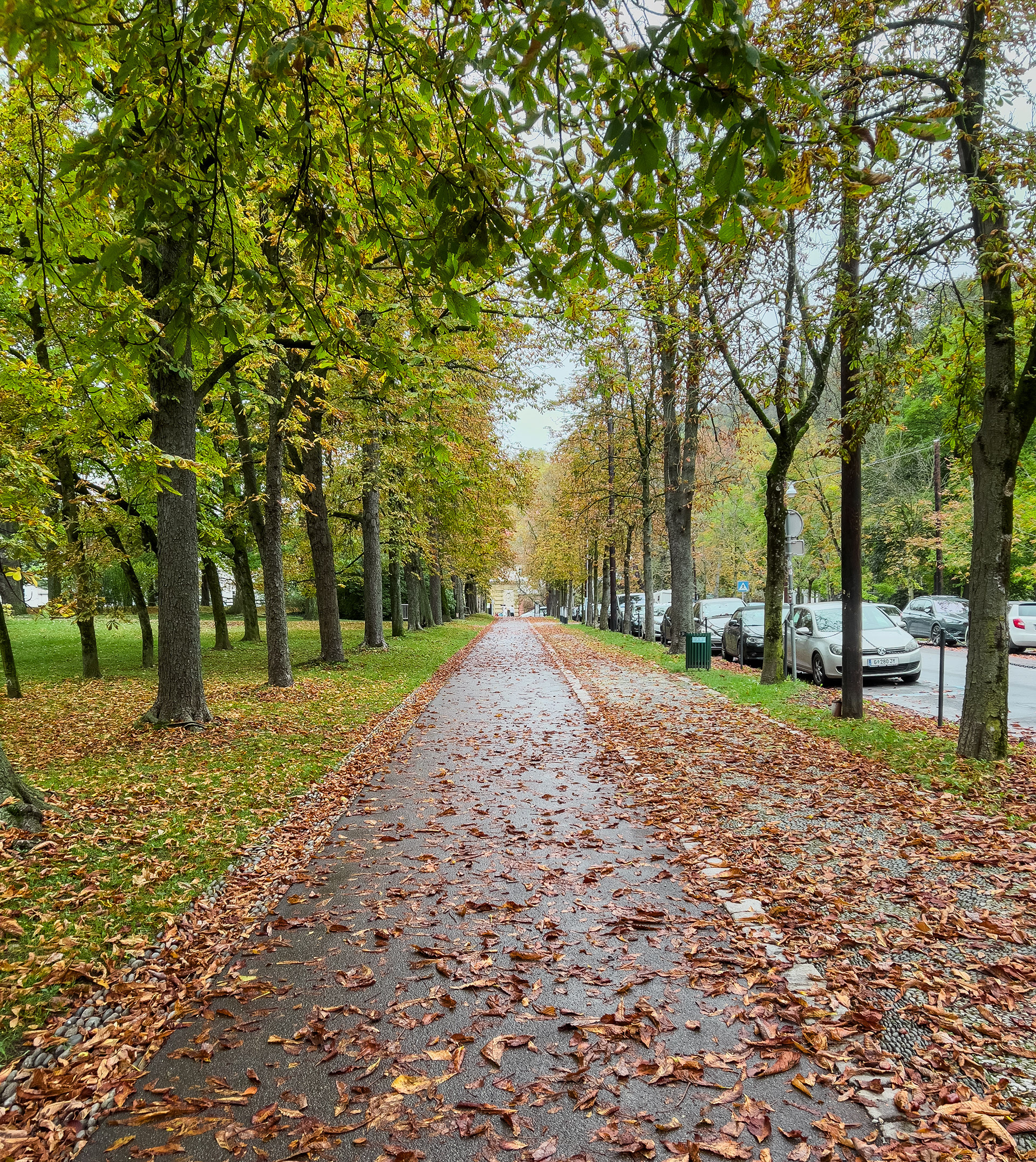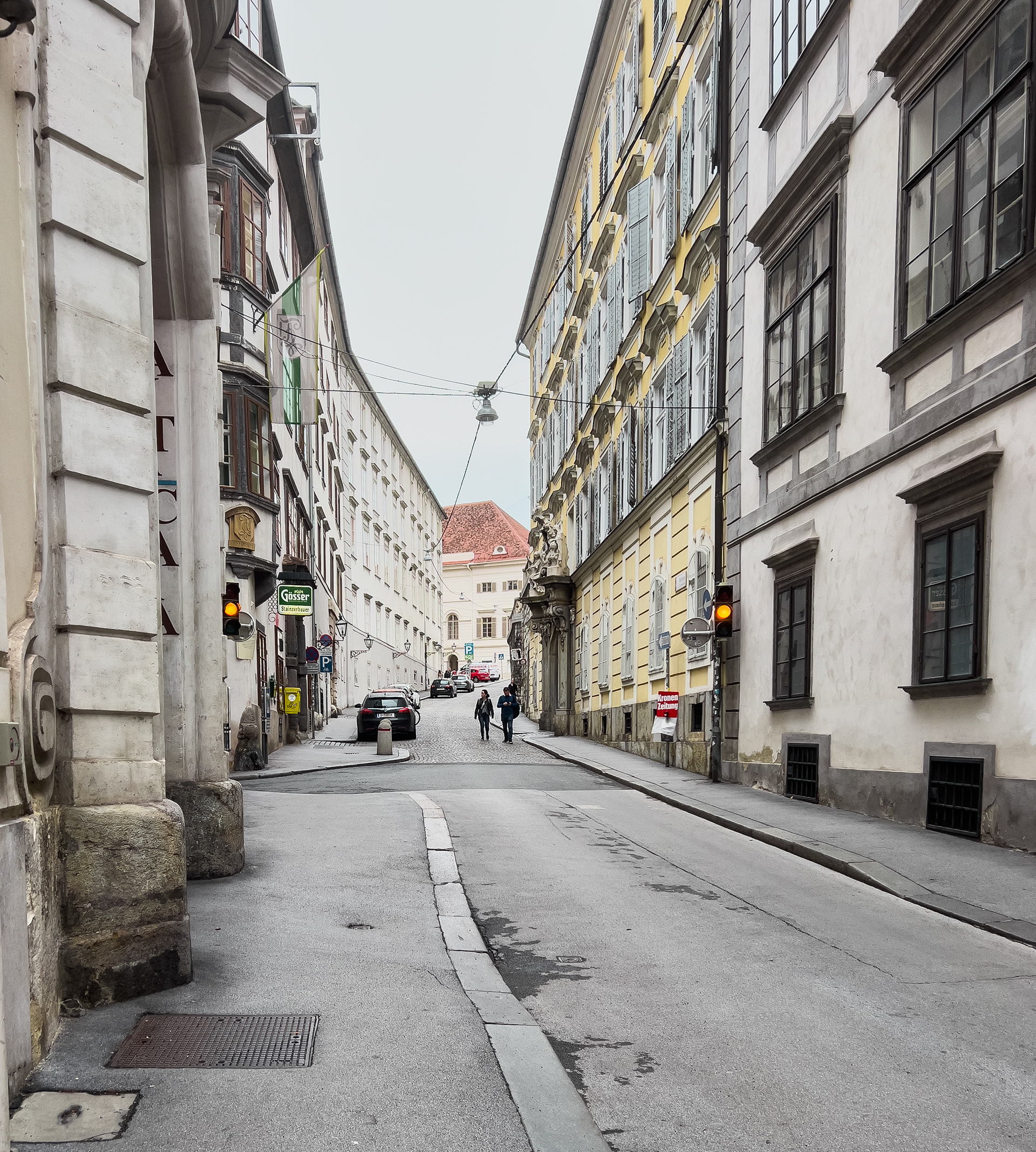My car with a view of the Bay of Kotor, Montenegro
Trip Summary and Planning
Starting out in the South of Germany, we covered about ∼4.000 kilometers or ∼2.485 miles in total on this 2-week trip. On the first leg we drove to Bled [Slovenia] and stayed there for 2 nights. We then continued to Poreč with a pit stop in Ljubljana, the capital of Slovenia. We stayed 2 nights on the Istrian peninsula before continuing further South to Split. In Split we also spent 2 nights and then continued onwards to Dubrovnik with a pit stop (detour) via Mostar in Bosnia and Herzegovina. After spending 2 nights in Dubrovnik it's only a short drive South to Montenegro, where we stayed a total of 5 nights. 4 of which near Kotor and 1 night in Herceg Novi. On the way back North we stayed 1 night near the Plitvice Lakes National Park in Croatia and one further night in Graz, Austria.
Cities, towns and sights visited
Places visited listed by country and chronologically
Slovenia Croatia Bosnia Herzegovina Montenegro
Bled Poreč Kravica Waterfalls Kotor
Bohinj Lake Pula Mostar Budva
Vintgar Gorge Rovinj Cetinje
Ljubljana Crikvenica Blue Cave
Split Tivat
Trogir Porto Montenegro
Dubrovnik Ostrog Monastery
Plitvice Lakes N.P. Herceg Novi
Bled
Iconic lake Bled on a rainy day in autumn
Beautiful, no matter the season
This was not my first time to Bled. I had visited this area about 10 years earlier and seen most of the sights, although that visit was even later in that particular year. I definitely felt that there was more to see here in the area although mainly because of the weather we stayed around town. I didn't get to visit the castle last time, so that is something we did this time. We also took a stroll along the lake and visited the town of Bled itself. Unfortunately the weather didn't play along and it was quite cold. The pictures turned out quite moody as a result, not necessarily a bad thing. What I noticed in comparison to 10 years earlier are that the prices had increased significantly. Bled has definitely become very touristic but still worth the trip. I can also recommend the drive to Lake Bohinj, a tranquil lake further into Triglav. The road is pretty much a dead-end but it's a very scenic drive. The lake water is usually very still so the reflections of the surrounding landscapes are amazing. We stayed in an Airbnb near Bled which cost about €100 a night. In terms of dining one particular restaurant stood out that I can really recommend: Wine bar & Restaurant Čarman. It's South of Bled but on the lake and serves amazing traditional food. The local and Balkan wine selection is worth a mention as well.

View from Bled Castle

View from Bled Castle

Hike up to Bled Castle

Hike up to Bled Castle

Lake Bohinj
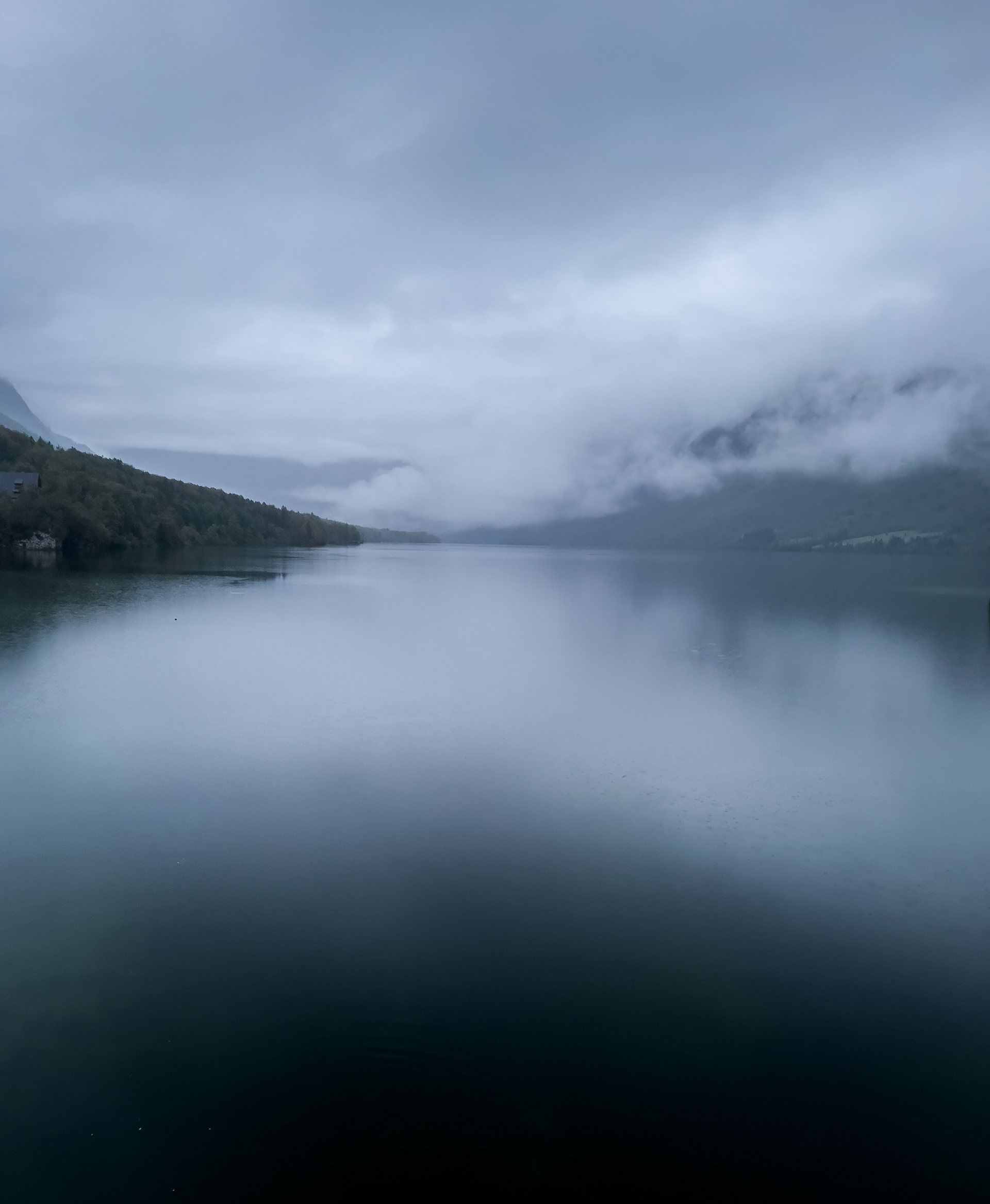
Lake Bohinj

Lake Bled

View from Bled Castle

Lake Bled
Vintgar Gorge
On the last day the weather turned out to be a bit better and before continuing our journey to Ljubljana, we decided to visit the Vintgar Gorge. Be aware that there is some kind of strange digital ticketing concept that requires you to download some kind of app. In order to regulate the amount of visitors at one time, they only let a certain amount of people in per time slot. We weren't aware of this and therefore lost some time booking tickets and waiting for our slot. The reason I call it strange is because there was personnel on site that could easily sell physical tickets but were instead instructed to tell people how to download the app. Anyway, the gorge is surely worth a visit if you are into that kind of stuff. I've visited a fair share of gorges around the world and can always appreciate the way the water cuts its way through and the scenery it leaves behind in the process. The Vintgar Gorge has a well-maintained wooden walkway that leads you through the gorge including some short walking tunnels. In the fall the amount of water is of course less spectacular, for the best experience it's probably best to visit in spring or early summer. We chose to walk the gorge one-way and return to the parking lot via a surrounding hiking trail. I think there are shuttle or taxi services for those that don't want to walk back.

Vintgar Gorge

Vintgar Gorge

Vintgar Gorge

Vintgar Gorge
Ljubljana
A view of the river in the center of Ljubljana
Slovenia's humble capital
This was my second visit to Ljubljana. It's a refreshing European capital that has plenty to offer for its visitors. It's compact in size and has about 300.000 inhabitants. The mix between old and new works here and luckily the Soviet influence did not leave too extreme of a mark on the city. There are a few remnants here and there but most of the old town has been preserved. The castle is definitely one of the city's main sights and worth a visit, even if it's just for the view over the city. The castle has been tastefully renovated on the inside and there are different ways to get there: walking up or taking the funicular. We opted for the latter, I also hiked up to the castle once over 10 years ago. Down below are some impressions from an afternoon in Ljubljana, all taken with an iPhone actually. To see the main sights, one day in Ljubljana is sufficient in my opinion.

Ljubljana

Ljubljana

Ljubljana

Ljubljana

View from Ljubljana Castle
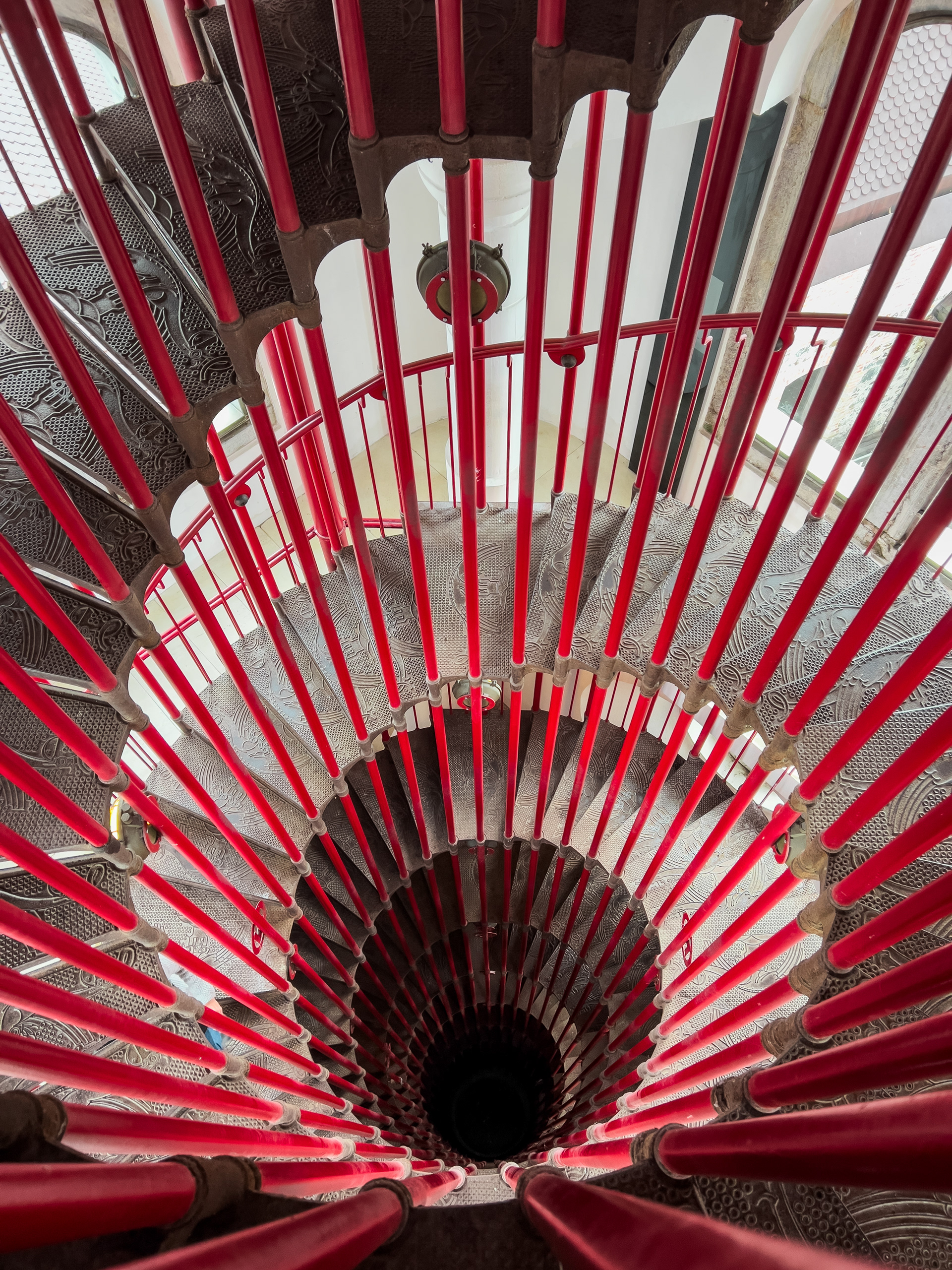
Ljubljana Castle

View from Ljubljana Castle

View from Ljubljana Castle
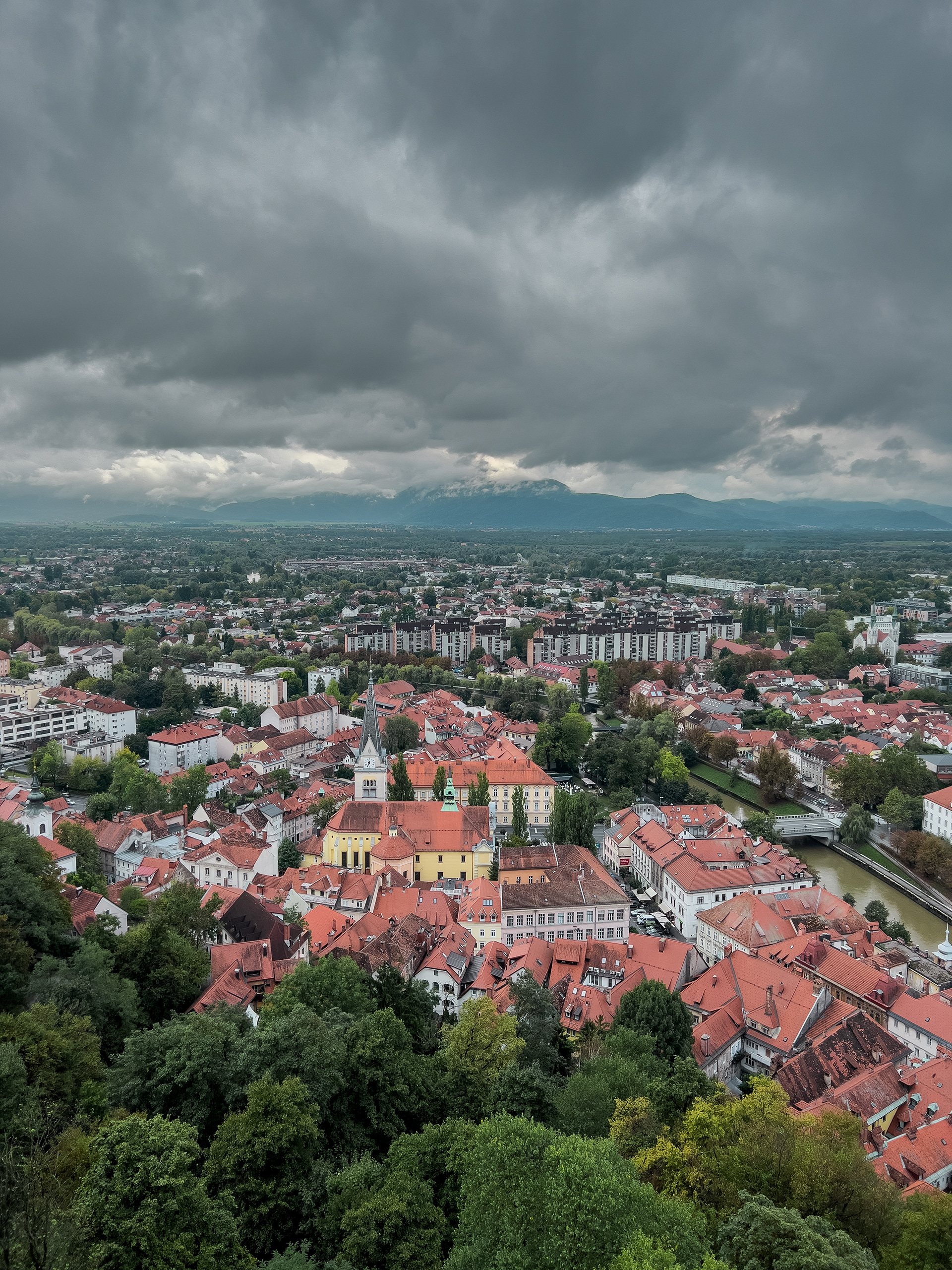
View from Ljubljana Castle

Ljubljana Castle

Ljubljana

Ljubljana

Ljubljana Castle

Ljubljana Castle

Ljubljana Castle
Istria
Remains of the Amfitheater in Pula, Croatia
A bilingual region with a rich history
It's always a pleasure visiting Croatia's Istria region. It can be viewed as a large peninsula in the North of Croatia and it changed hands a few times. Therefore it has both Italian and Croatian heritage. Including the coastline of Slovenia, this part of Croatia is still considered to be bilingual. Many of the locals speak Italian as well. Also the signage on the roads is often bilingual. Istria's geography comprises glowing hills in the countryside and a beautiful coastline. Some of the main destinations in Istria are also those that we visited on this roadtrip, including Porec, Pula and Rovinj. They all have a historical old town worth seeing. Rovinj and Pula I had visited before, but Porec was new for me. If I return to Istria in the future, I will probably venture out into the countryside more and check out some of the castles and hillside villages that it's known for.
Poreč
This town has built a name for itself amongst beach lovers and party people alike. It's however much more than that, and in fact is over 2.000 years old. The grand Basilica in the town center dates from the 6th century and is enlisted as UNESCO World Heritage. We were staying on the outskirts of Porec and explored the town on one evening, maybe not fully doing it justice. Below are some random shots that I made with an iPhone.


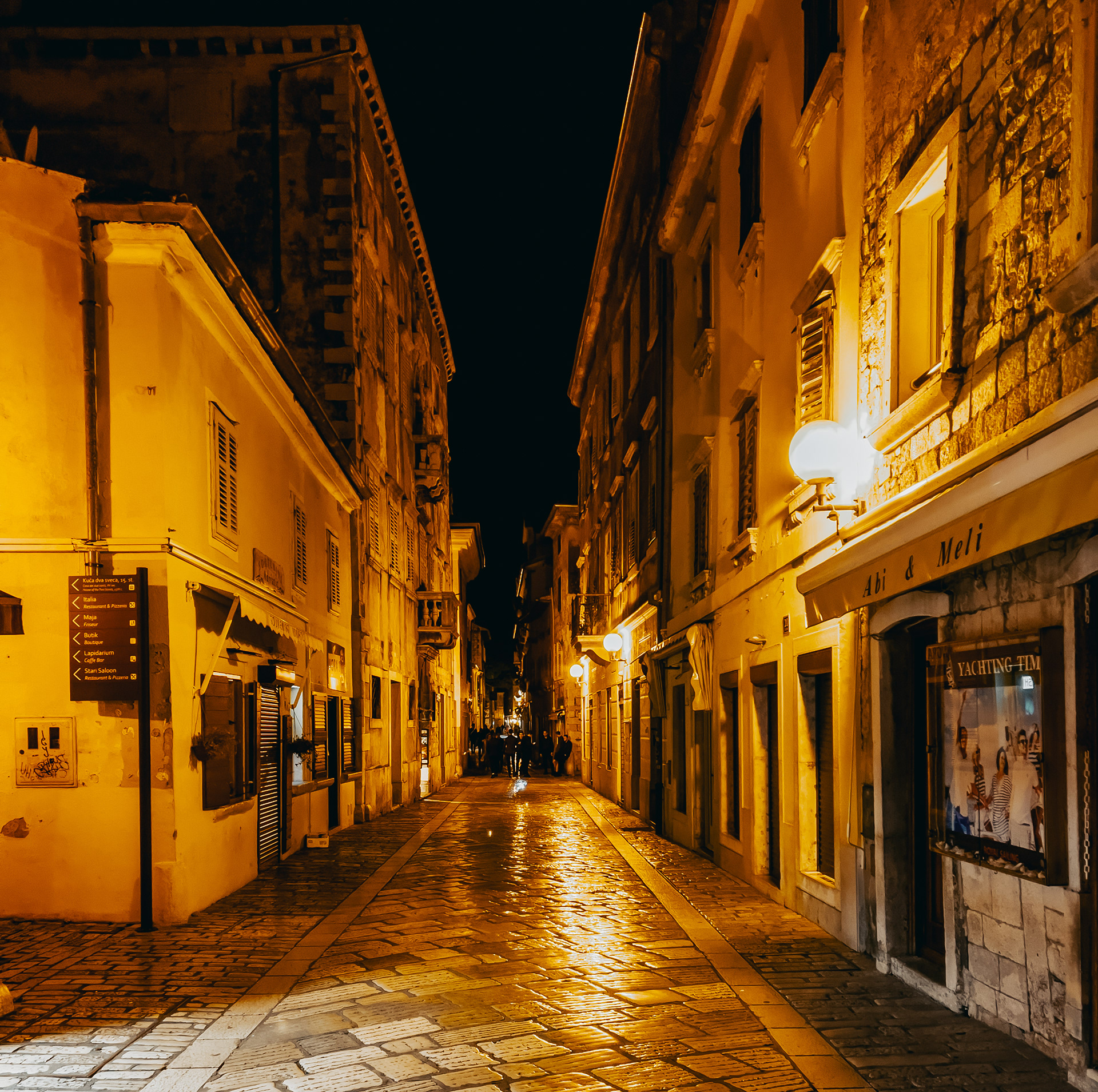
Pula
Pula is the largest city on the Istrian peninsula. With about 60.000 inhabitants it also features a small airport mainly used for summer tourism. On my previous visit to Istria I stayed in the outskirts of Pula so I had visited the town before, that was in the summer months however. In fall it was much more pleasant to walk around and this time I also explored some of the WWI tunnels that the city is known for. Pula also features the largest Roman amfitheater outside of Italy which is definitely worth seeing.














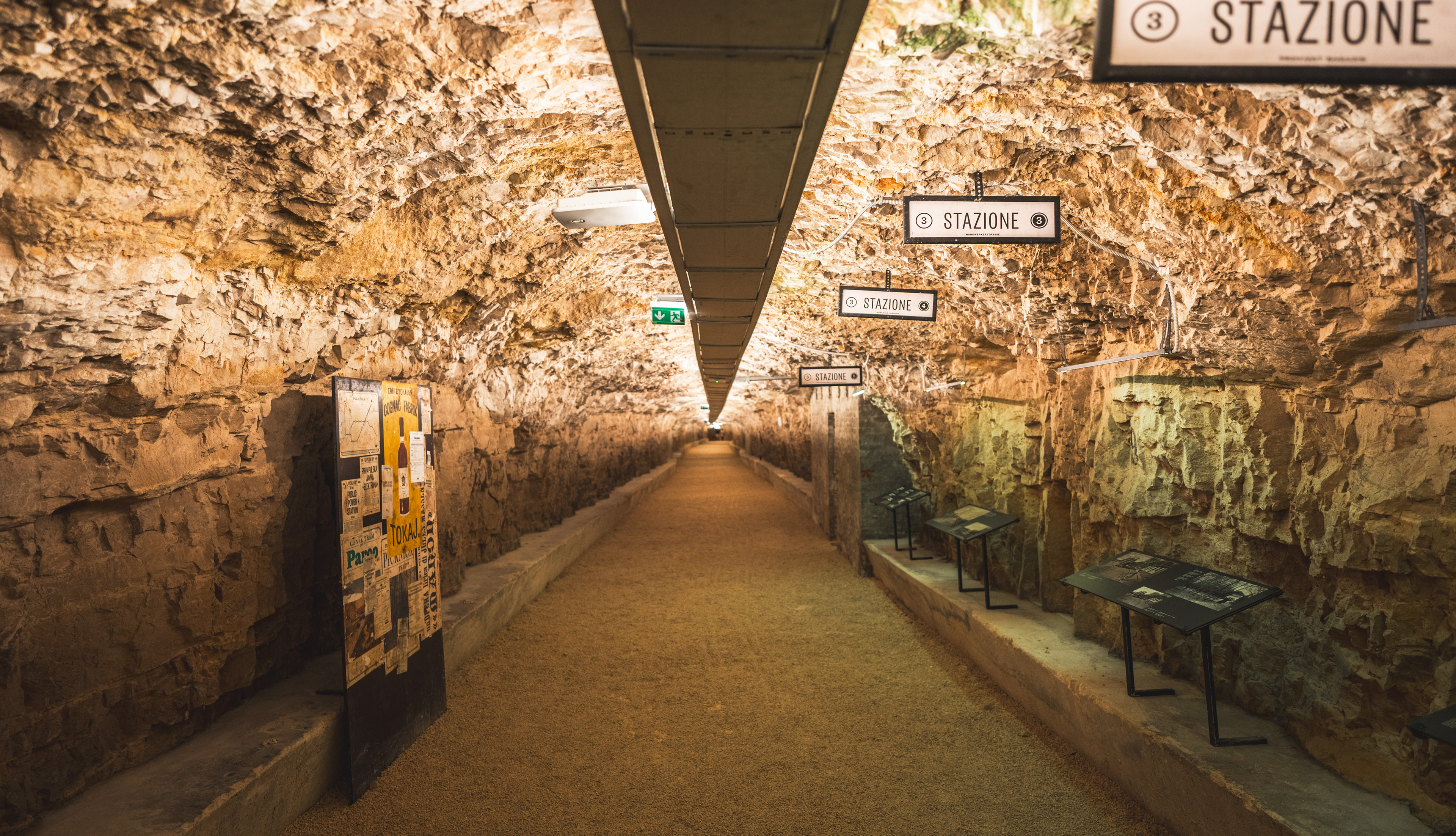





Rovinj
Rovinj too, is an ancient town in Istria quite similar to Porec. It has almost the same amount of inhabitants but its old town is perhaps slightly bigger than that of Porec. It was originally built on an island quite coast to the Istrian coast. Eventually the channel that separated the island and Istria was filled so Rovinj was connected to the mainland. Rovinj is a town that I had visited before as well and it's quite pretty. It takes an hour or 2 to stroll through every street. We got to enjoy the sunset and on the way back to the car some distant thunderstorms made for some great photos.














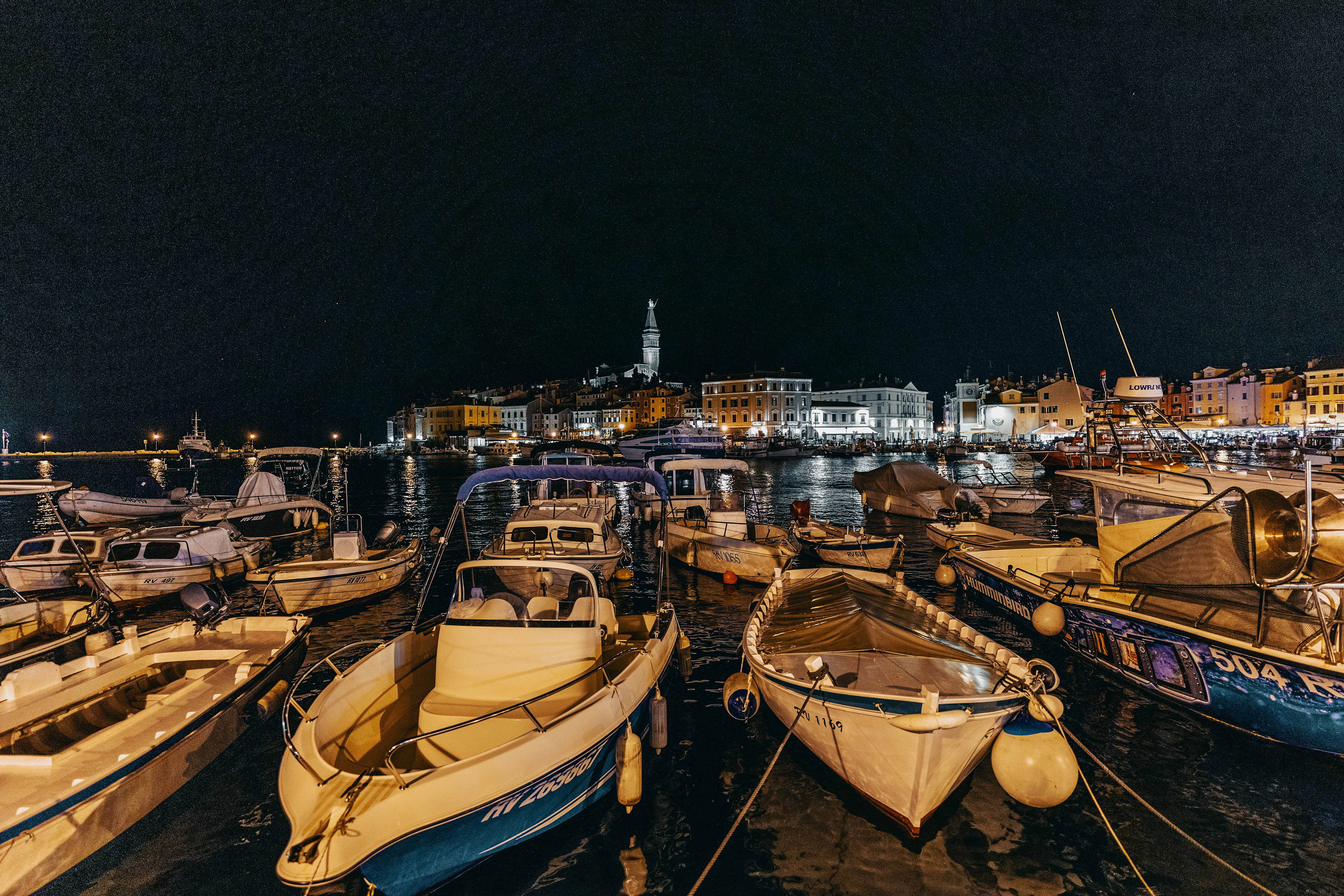
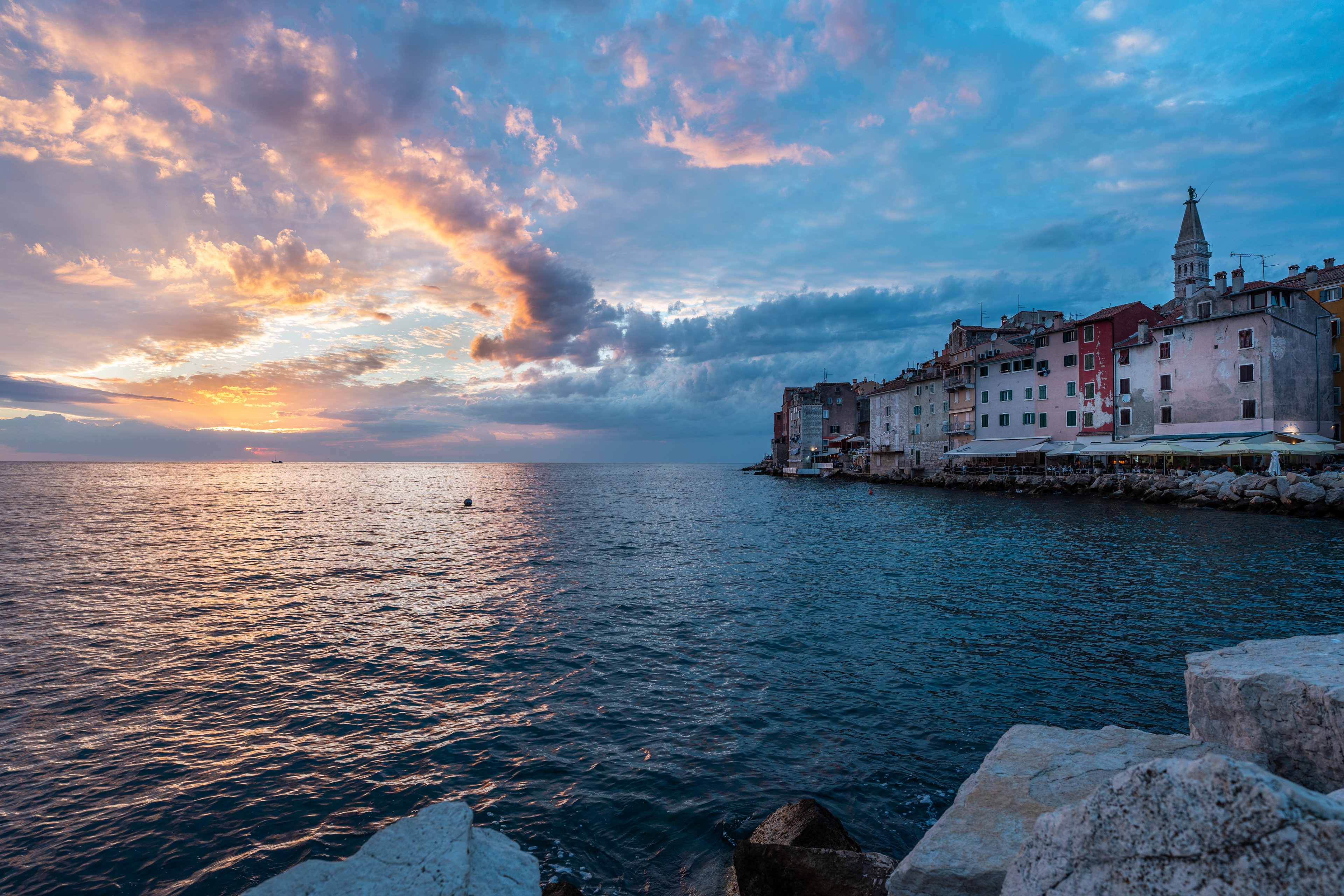
Split
The entrance to Split's historical city center
The road to Split
Driving from Istria down to Dalmatia, where Split is located, you basically have 2 options. You can take the A1 highway, which geographically takes a bit of a detour but is the faster option. Alternatively you can take the D8 coastal route, which is what we did. Before the A1 was inaugurated, this was the main North-South route in Croatia. It has been overhauled since most traffic moved to the A1 so it's actually in really good condition. You pass some of the remotest areas of Croatia with beautiful views along the way. If you have the time, I can recommend you driving this, but it does take a good 5-6 hours from Istria down to Split if not more.



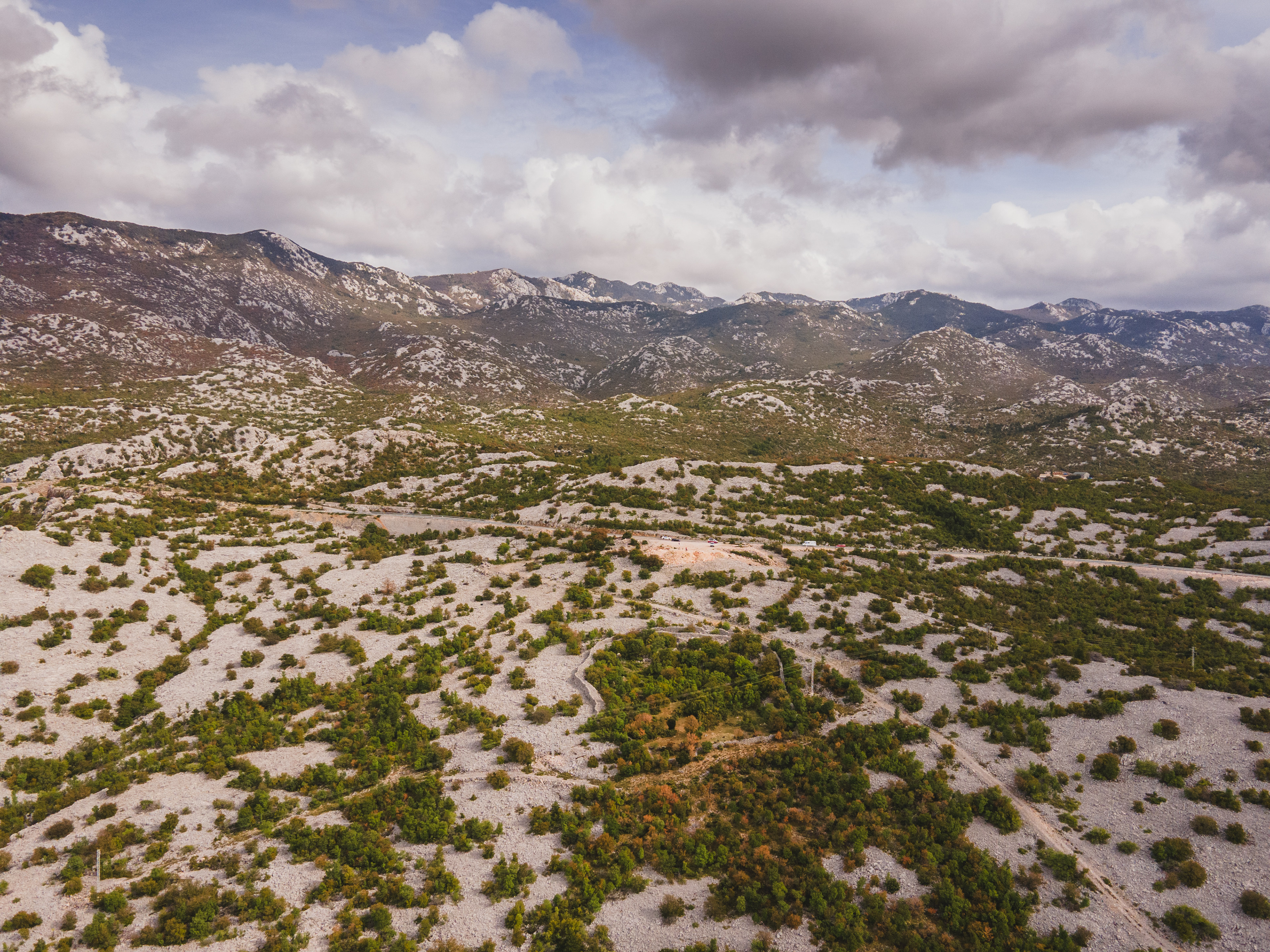
Split
During my previous visit to Croatia, we went as far South as Sibenik. Split and the area around it were new to me and it was a great experience overall. Split is the 2nd largest city in Croatia after capital Zagreb and you can really see how it grew beyond the original compact city walls. Once inside the old city walls, the city is very compact with super narrow streets. We visited on the first evening and then returned the next morning and explored the city until late afternoon. This was sufficient for us when it came to seeing the main sights. Our highlight was definitely Diocletian's palace, listed as UNESCO World Heritage, and the elaborate tunnel system underneath stemming from Roman times. You can see how parts of Split served as a decor for Game of Thrones as well, apparently the underground dome part of the palace was the dragon's den for instance. Although a bit more elevated in terms of price, I would recommend you visit the palace as it's the main sight in Split and will keep you entertained for hours. Afterwards we decided to walk up to a park on the edge of the center with a view across, and also climb the stairs of the Saint Domnius Cathedral to get an even better view of the city.
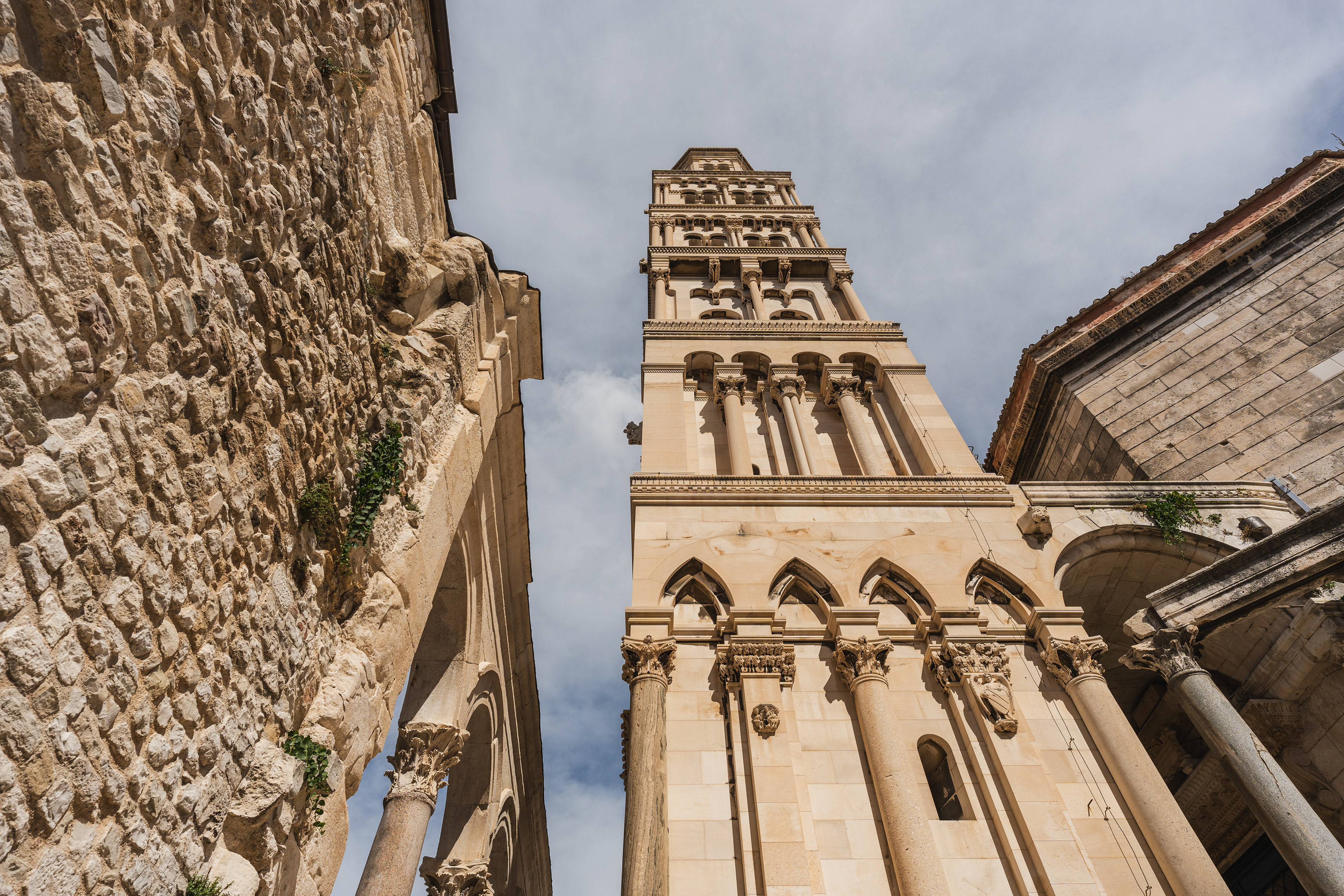



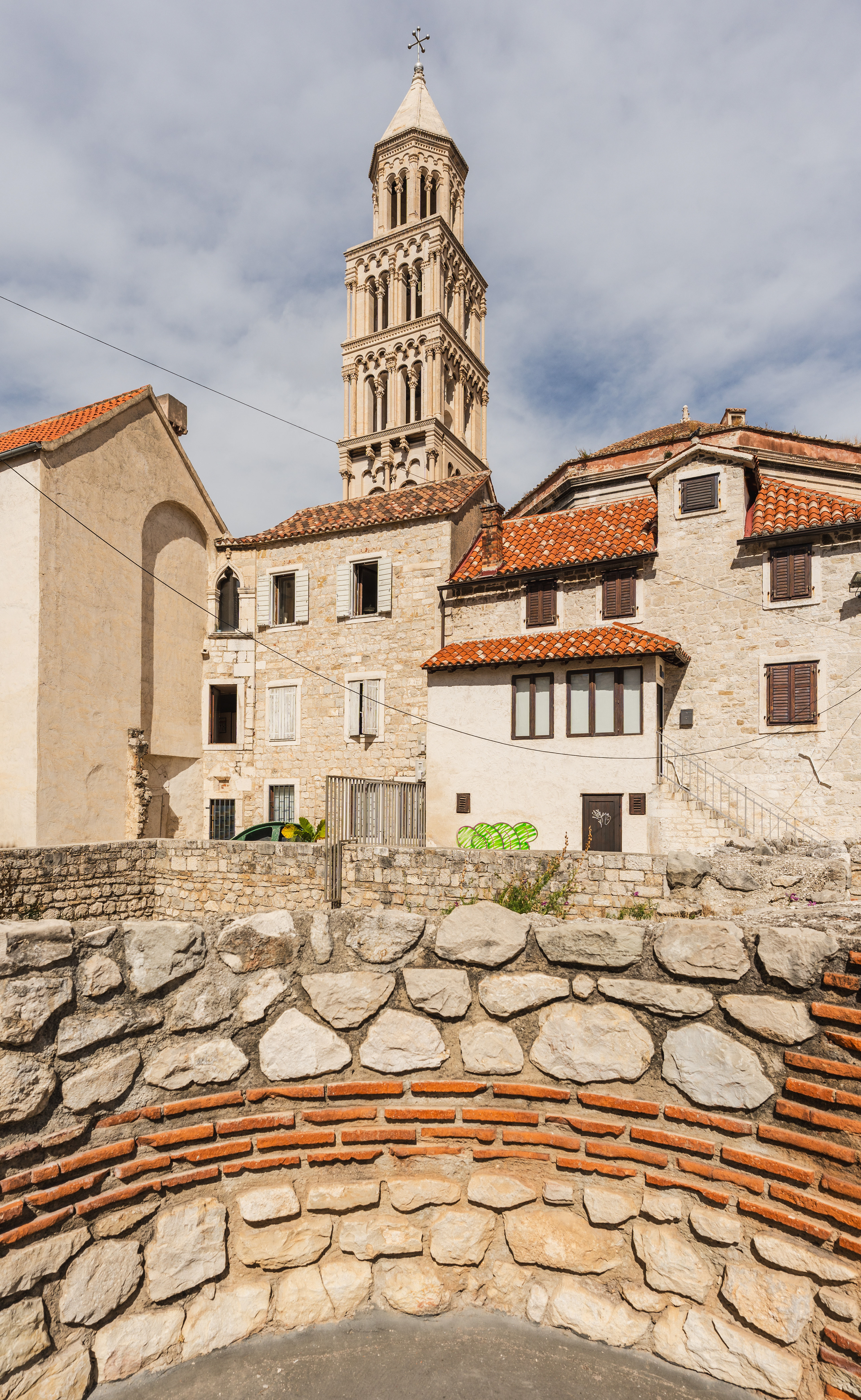


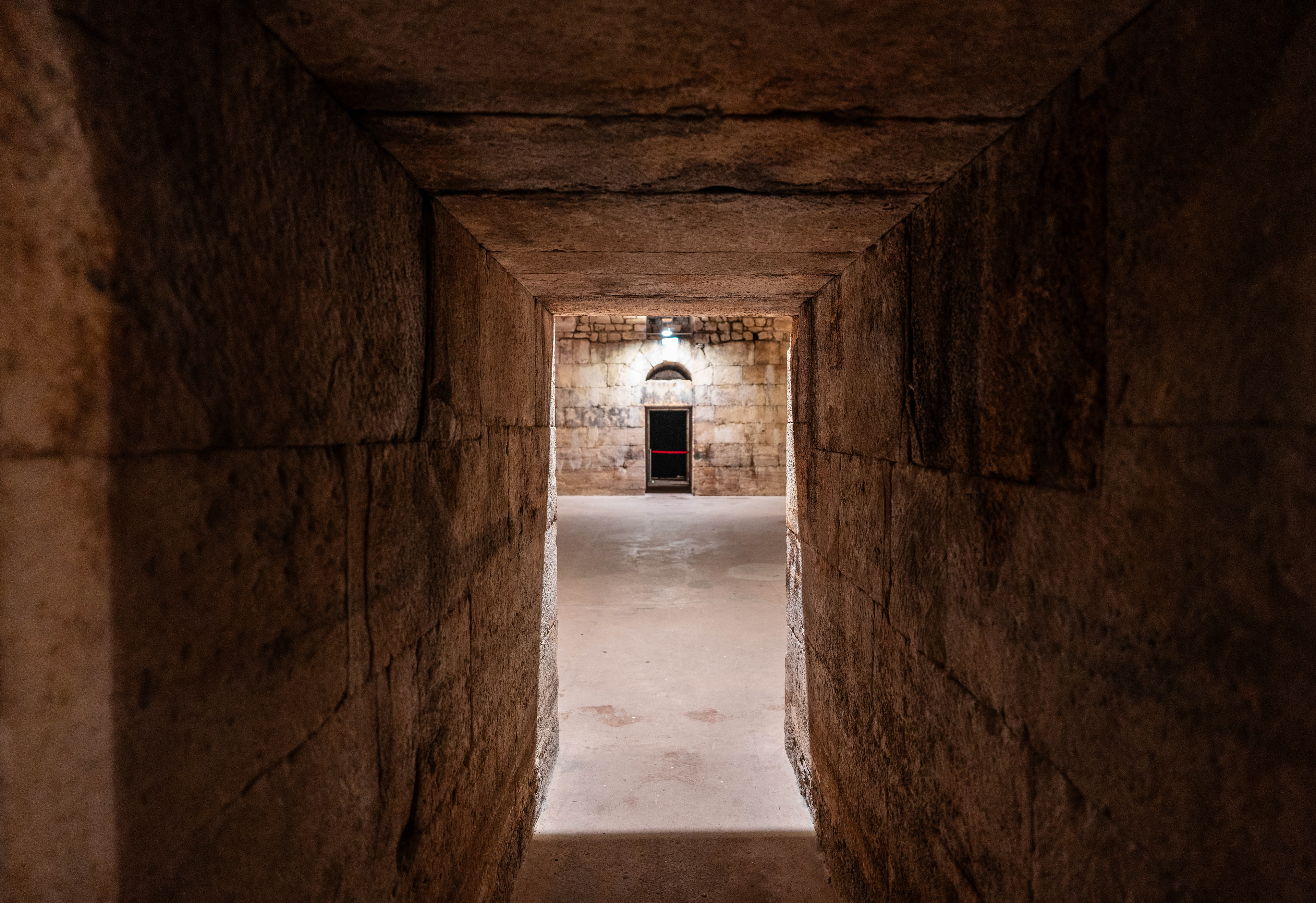












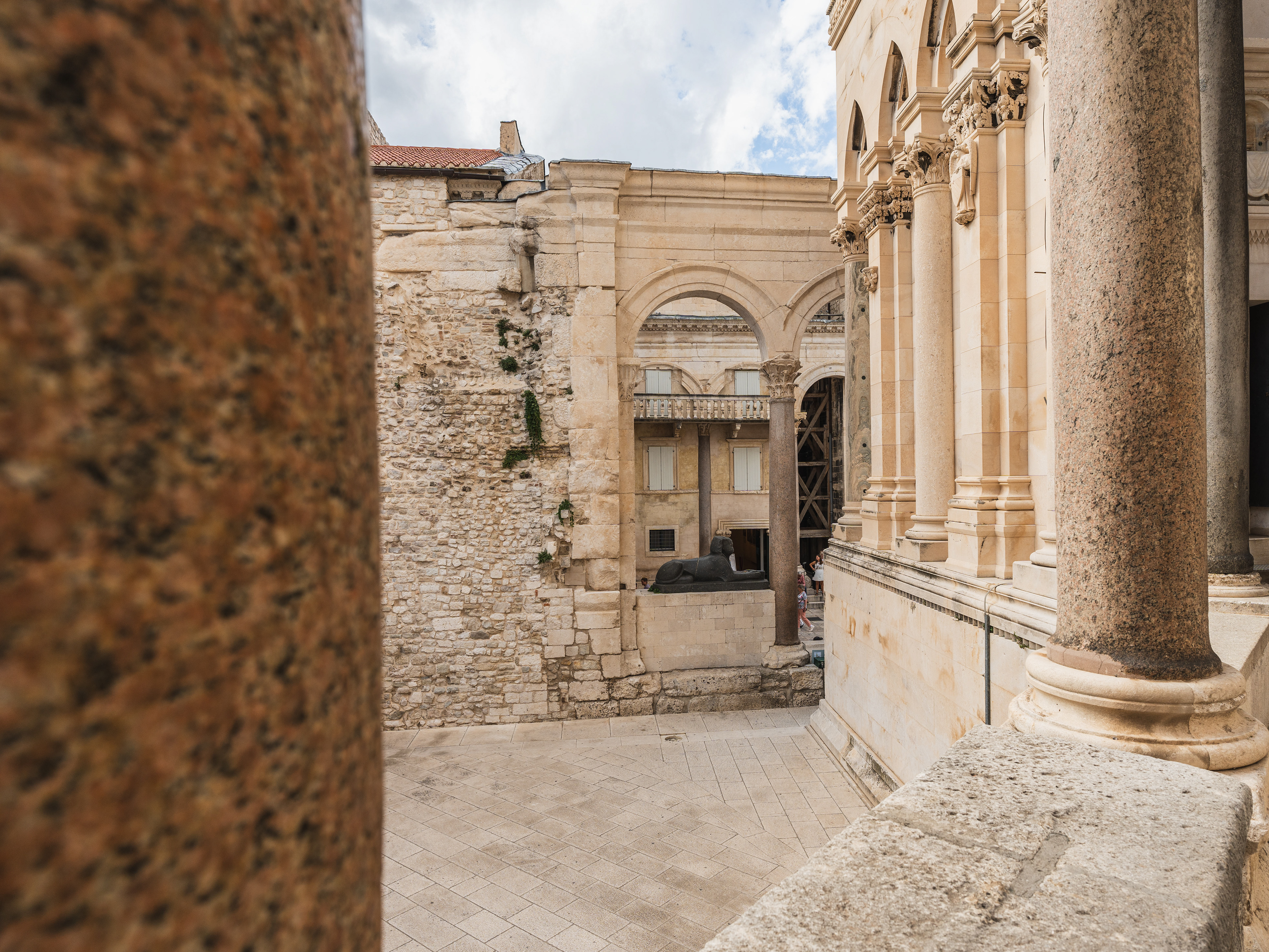




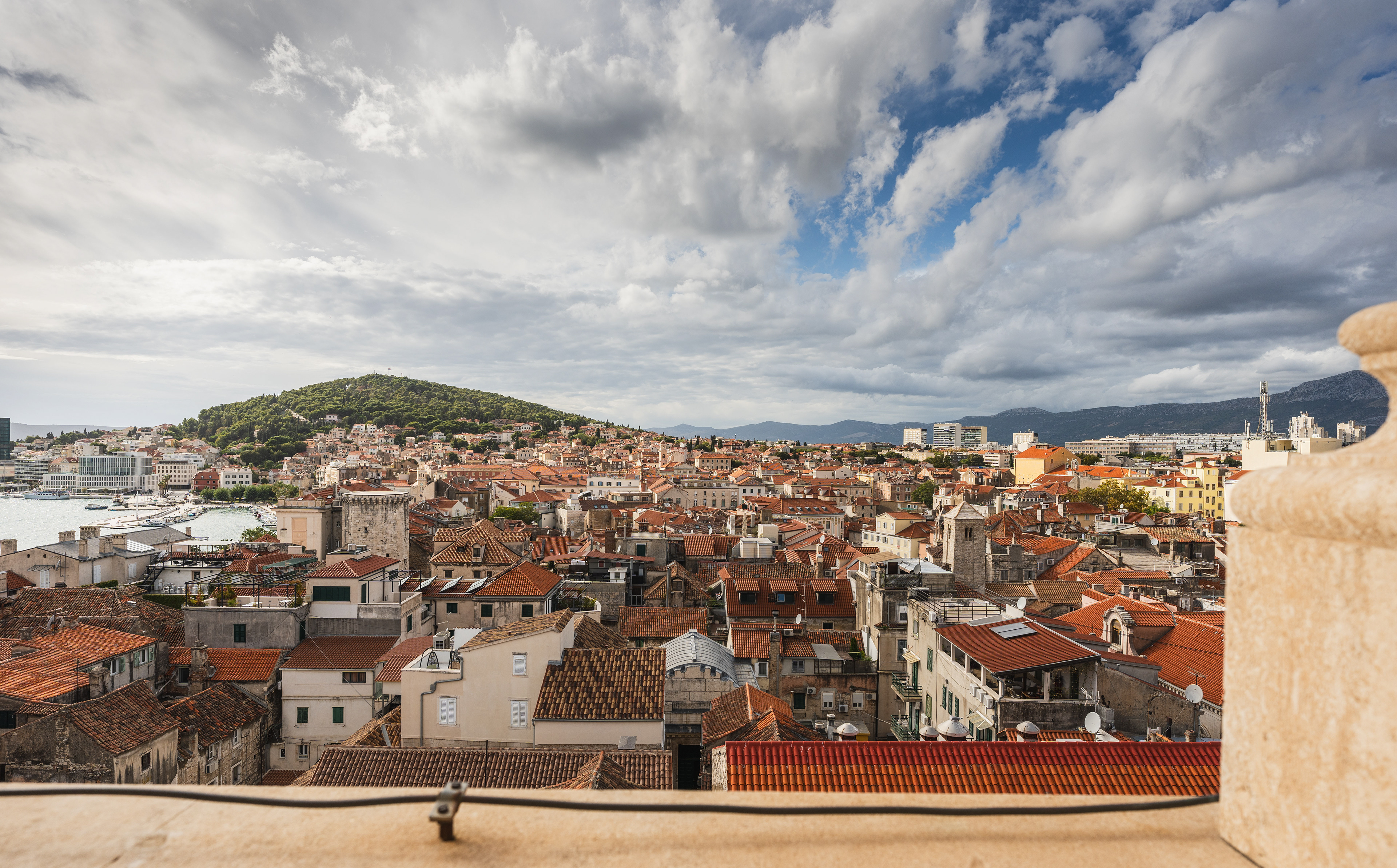



Trogir
If you somehow grow tired of Split or are staying in the area longer and looking for something else to do, nearby Trogir is an excellent option. It's about a 30-minute drive from Split depending on traffic and is almost like a smaller version of Split. The town's size is reminiscent of that of Rovinj and Porec in Istria and it similarly has a rich history. First founded by the Greek as 'Tragurion' in 3 B.C., it's nestled on a small island between mainland Croatia and the island Ciovo. You can easily see the town in 2-3 hours and also visit the Fort on the edge of the center, which provides some nice views.



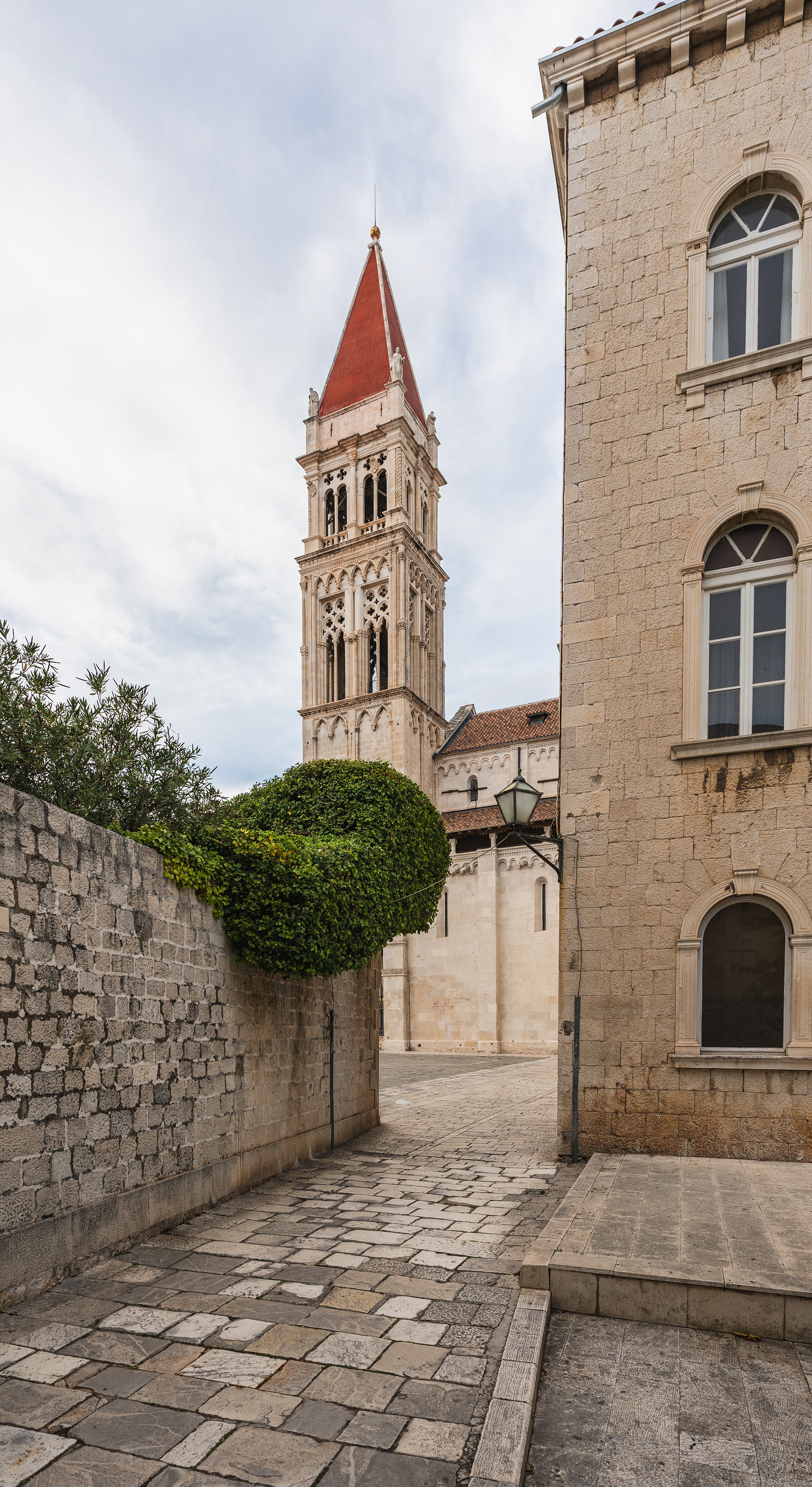
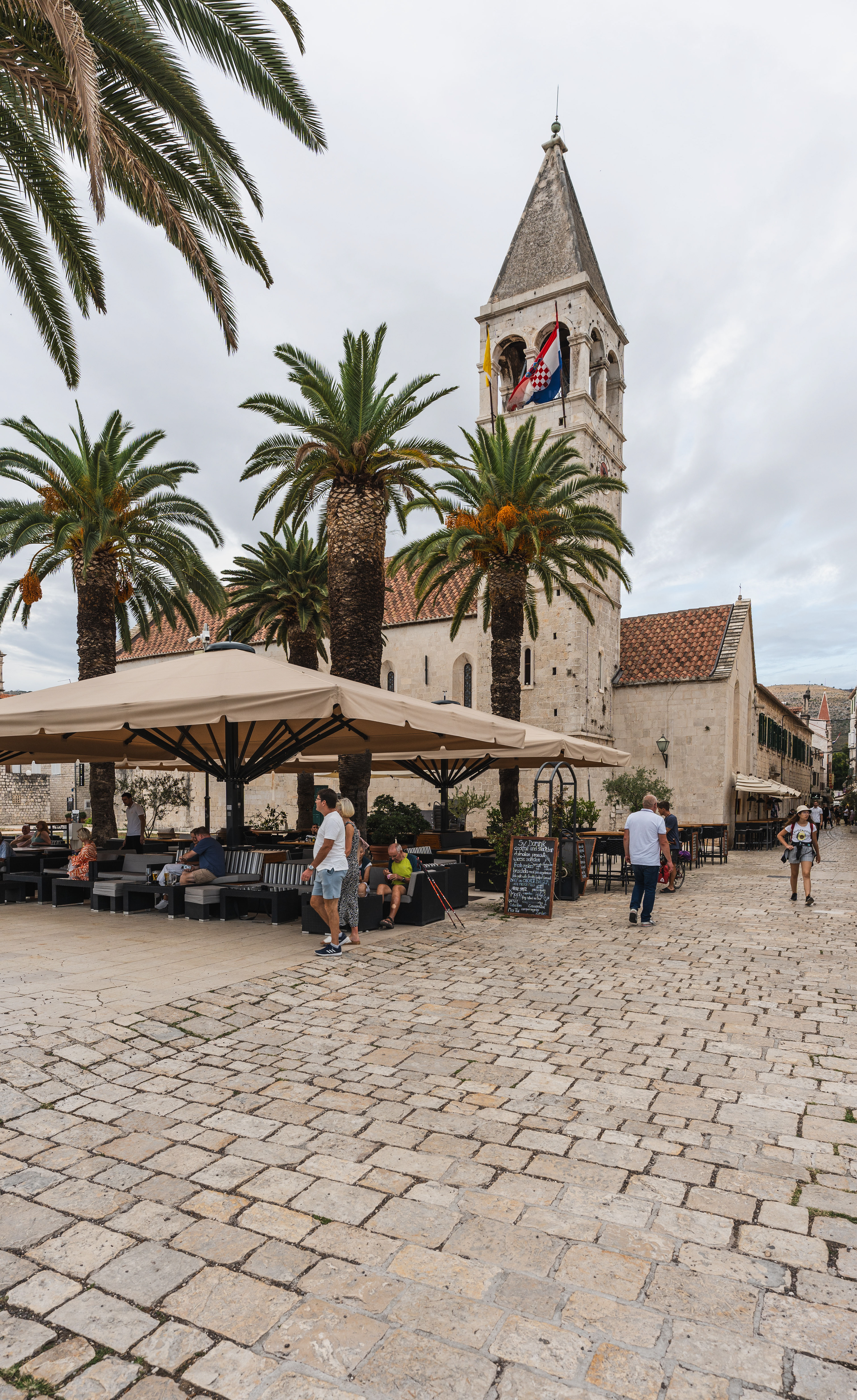




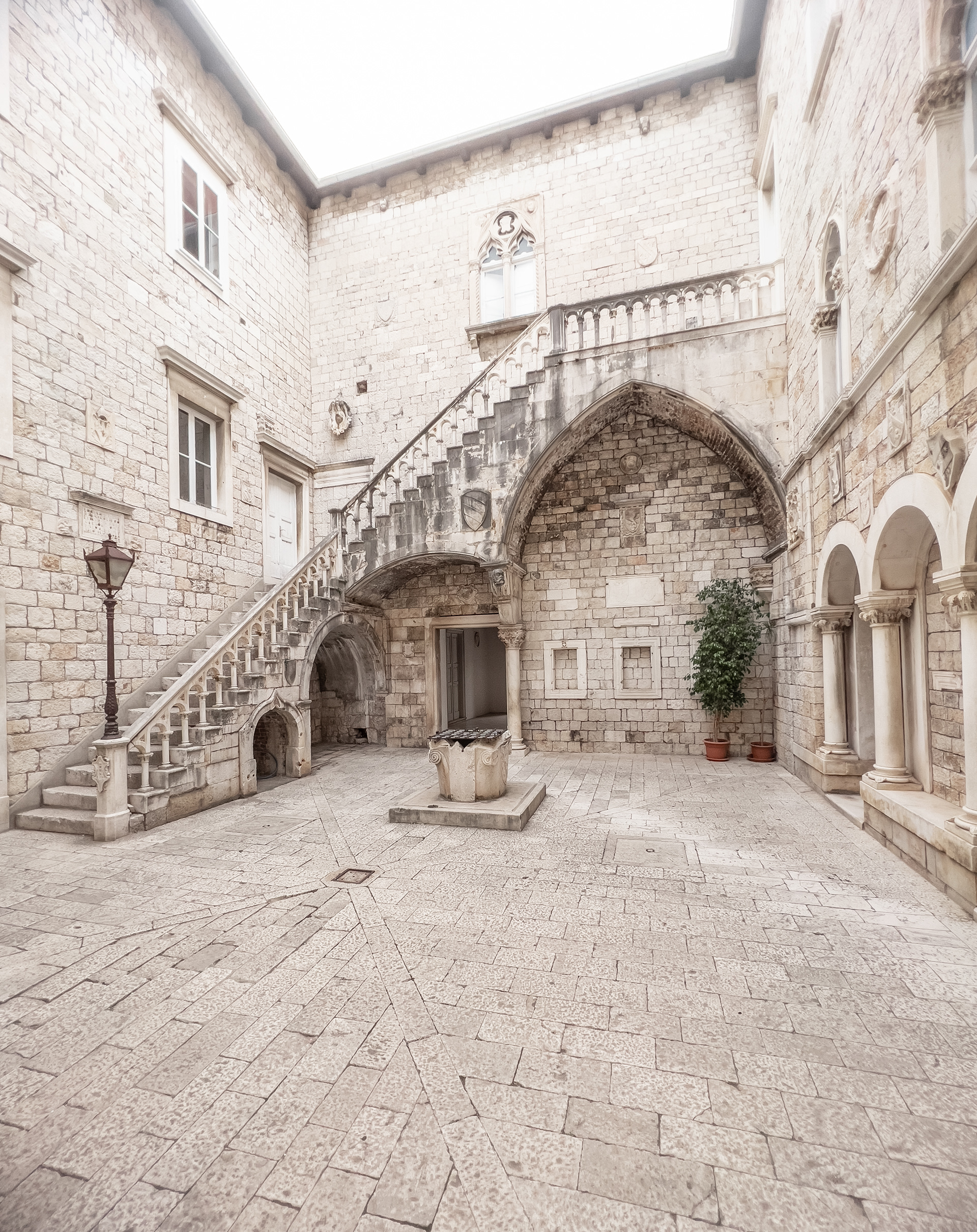

Bosnia Herzegovina
Kravica Waterfalls from above
A hidden gem just across the border from Croatia
The trip out to Bosnia Herzegovina started out as a rather spontaneous idea and was nothing planned beforehand. We figured that we had to drive through the country anyway to get to our next destination: Dubrovnik. We might as well take a slight detour and see some of what this country has to offer, and so came about the plan to visit Mostar and check out these waterfalls on the way there. We are glad that we did because these waterfalls were just beautiful. Entry was below €10 and it's a small hike down to the waterfalls from the parking lot. It's also fairly uncomplicated to reach since there is a small stretch of highway that connects to Croatia's A10 at the border. In the future this highway is to continue to Mostar and Sarajevo, but it's unfinished. When the weather is good you can also swim at the waterfalls here and there are also guided boat trips. There is also a small cafeteria near the water serving food and drinks. It very much reminded me of the Krka waterfalls in Croatia which I once visited.

Kravica Waterfalls

Kravica Waterfalls
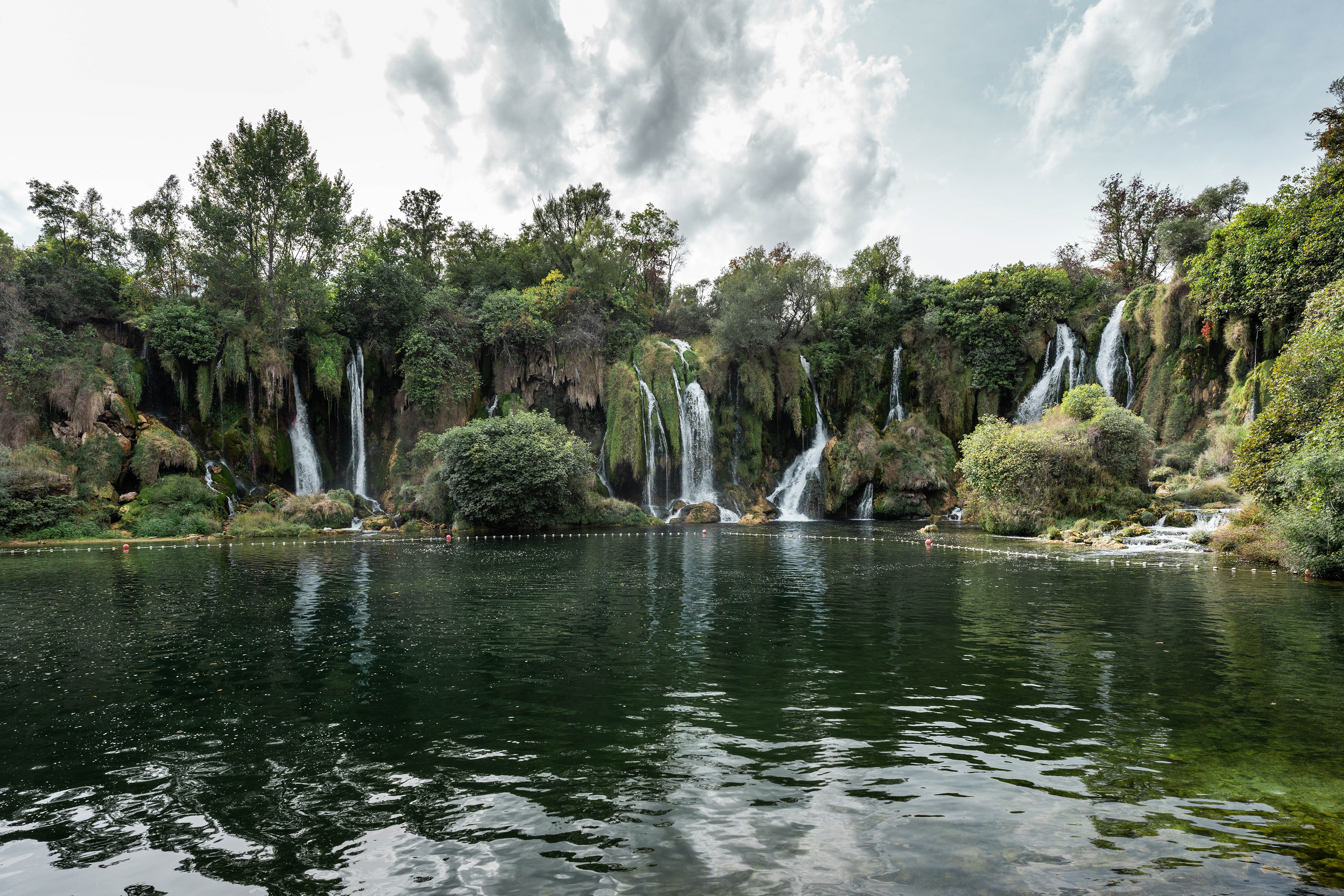
Kravica Waterfalls
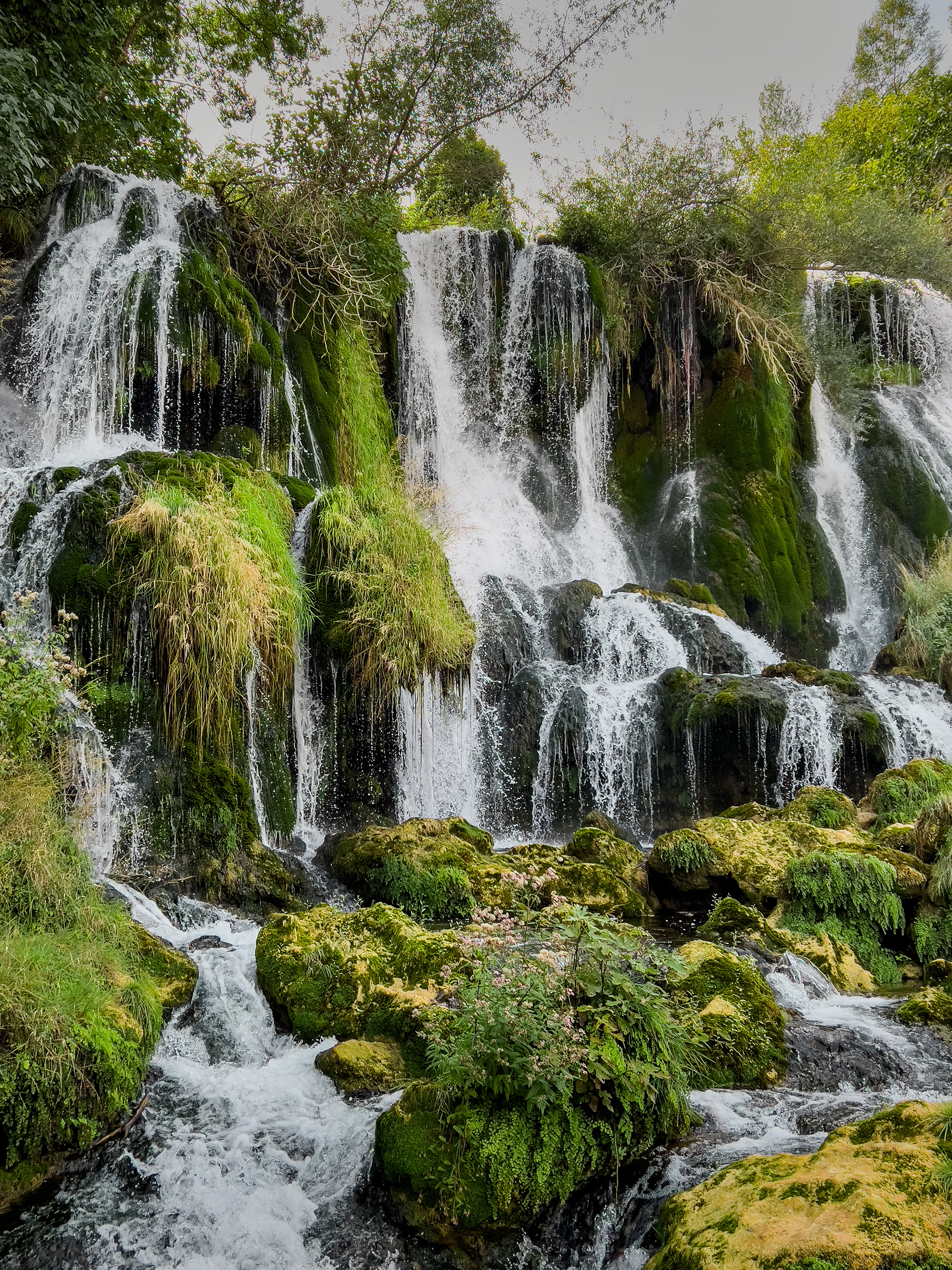
Kravica Waterfalls

Kravica Waterfalls

Kravica Waterfalls

Kravica Waterfalls

Kravica Waterfalls

Kravica Waterfalls
Mostar
The city Mostar has quite a notorious reputation, which is unfortunate because it's such a great city to visit. Mostar became the center of world news in the 1990's for being one of the main stages of the Yugoslavian war. You can still see traces from that war throughout the city, from abandoned and shot up buildings on the outskirts to the local cemeteries where many fallen men were buried. However, its city center and old town were fully renovated in the decades after war partly thanks to donations from several EU countries. This includes the iconic bridge that is also photographed below and numerous old structures in the city. Mostar is generally a really nice place to walk around and offers an interesting contrast of cultures in part due to Ottoman occupation many centuries ago. The city center is listed as UNESCO World Heritage and you can definitely see why.

Mostar Stari Most (Old Bridge)

Mostar Stari Most (Old Bridge)
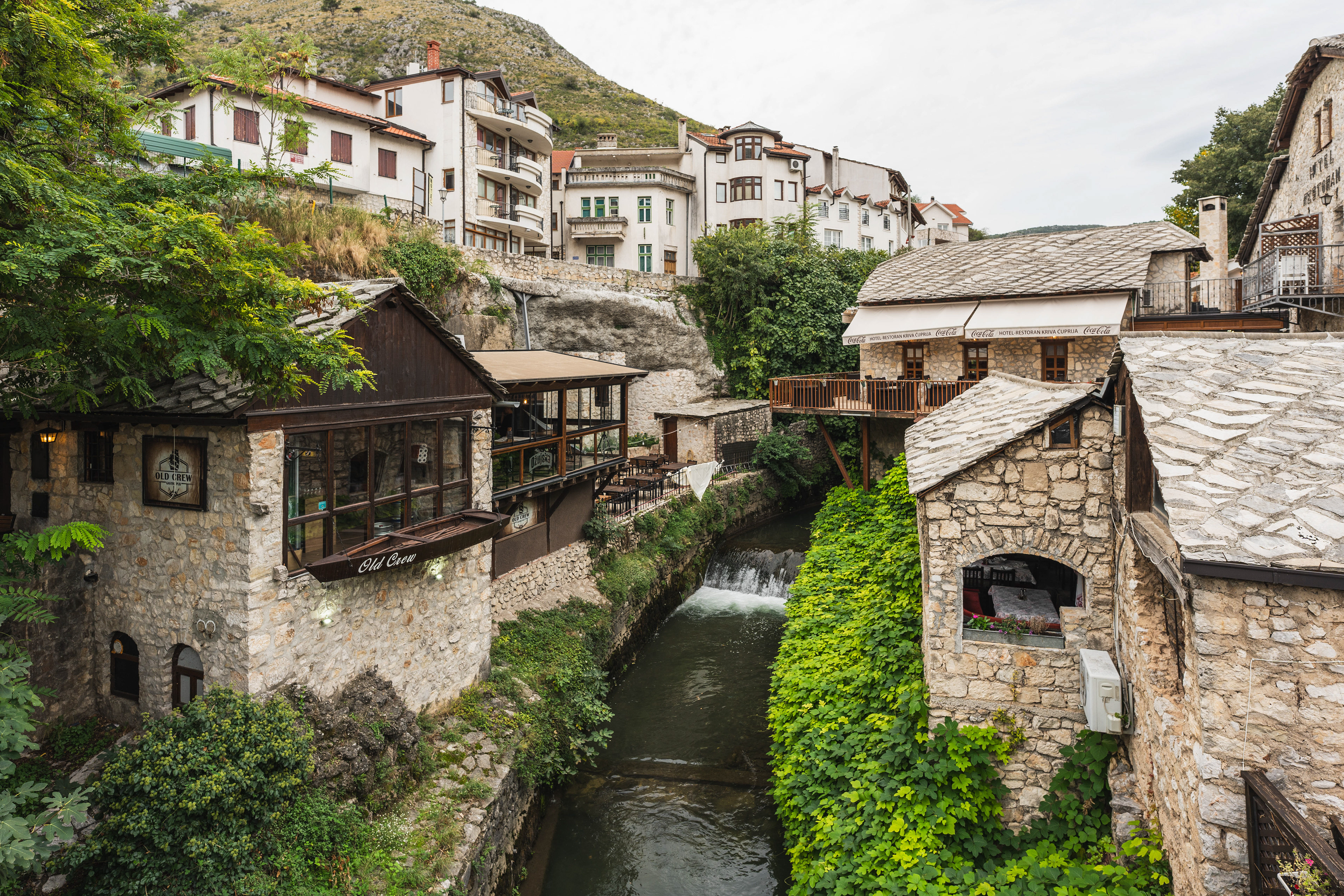
Mostar

Mostar drone view

Mostar

Mostar drone view

Mostar

Mostar

Mostar Stari Most (Old Bridge)

Mostar drone view

Mostar
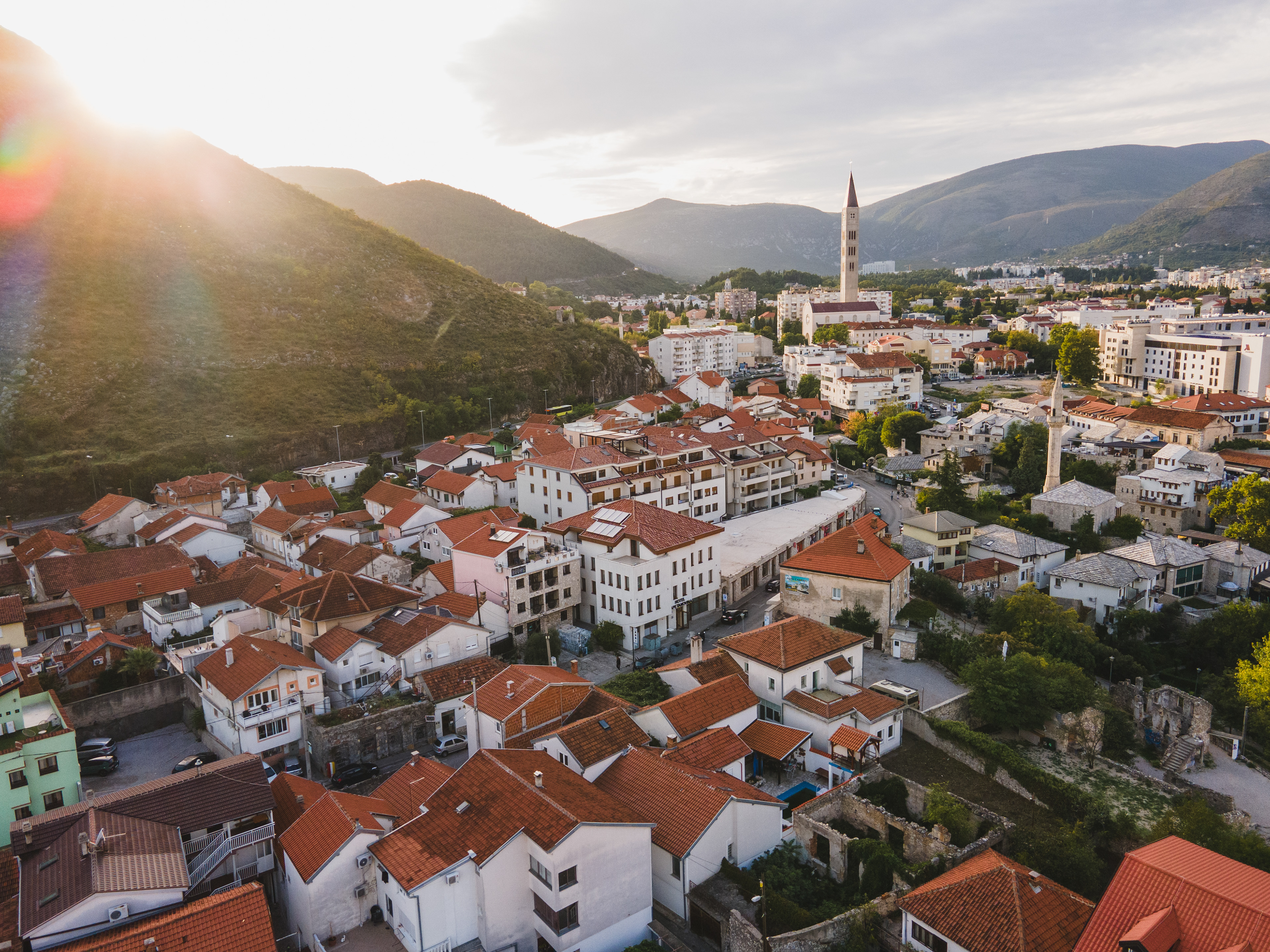
Mostar drone view

Mostar Stari Most (Old Bridge)

Mostar

Mostar Stari Most (Old Bridge)

Mostar

Mostar drone view

Mostar

Mostar
Dubrovnik
Walking the old city walls of Dubrovnik
Croatia's number 1 destination?
Dubrovnik has always been a popular tourist destination, known for its lovely old town and pristine beaches. Ever since the popular series Game of Thrones came out, Dubrovnik's visiting numbers went through the roof. Game of Thrones' main city, King's Landing' is a resemblance of Dubrovnik. Both Dubrovnik and Split have been filming areas for the immensely popular tv series. Whether that's a good thing for both cities depends on who you ask. Tourism is the main source of income, but Dubrovnik and Split can become really crowded. Especially in the high season. There are different initiatives to prevent overcrowding, including some weird ticketing systems and visitor limits and some of the main attractions like the city walls, which you can walk. Dubrovnik is very pretty indeed and we enjoyed our time there, however we could have done without all the Game of Thrones references and weird touristic tours that were going around. Surely the city wants to be seen and remembered for its stunning architecture and old town, and not Game of Thrones?
We stayed in the Lapad area but were able to walk to the old city quite easily. On the way back we took a bus, which was convenient as well. We walked the entire old city including the walls and saw Fort Lovrijenac just outside the city walls. We also took the cable car up the mountain for a view. Although nice, the cable car was quite pricy in comparison and there isn't a whole lot to do up there except for sitting at an overpriced restaurant.

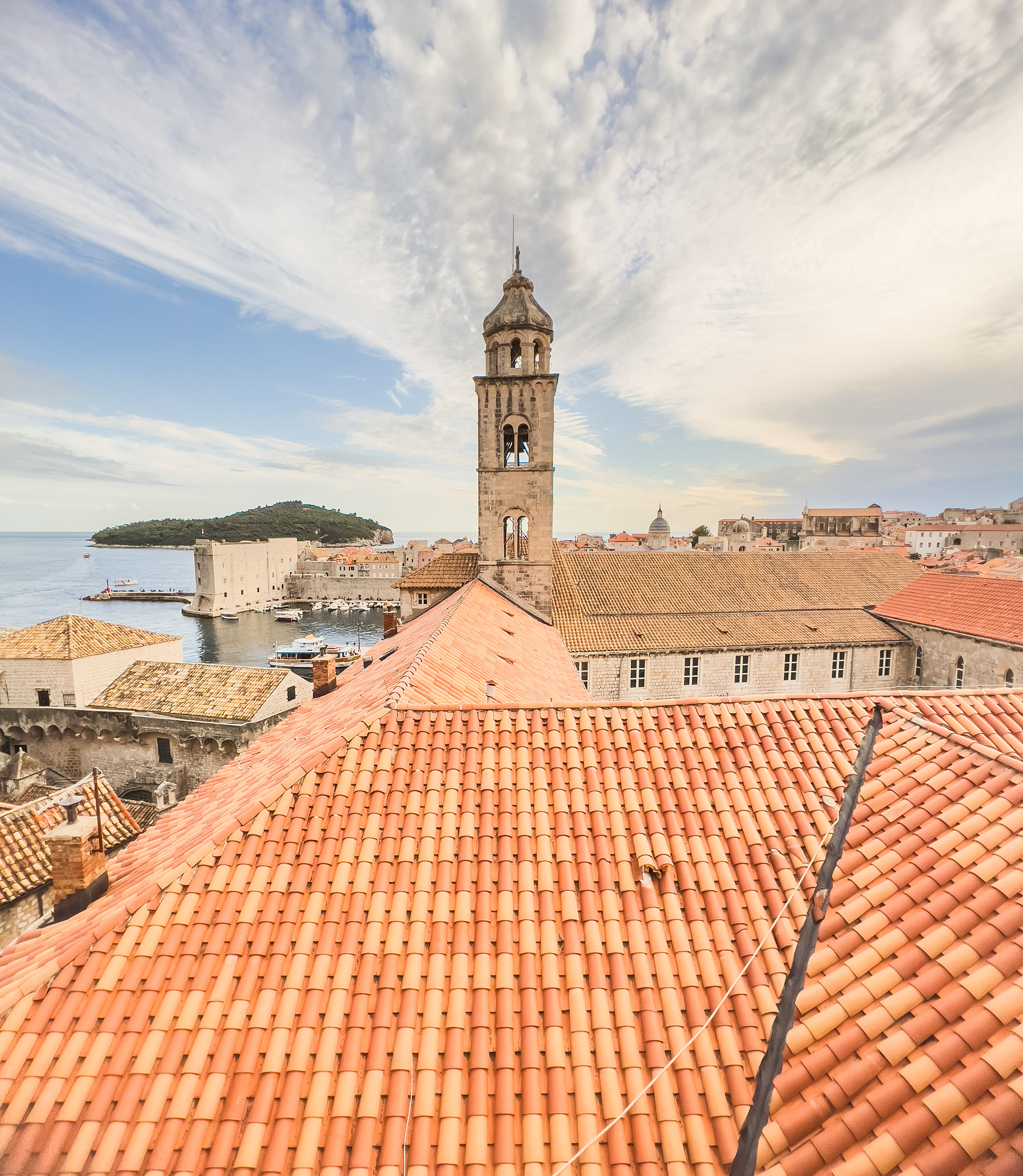










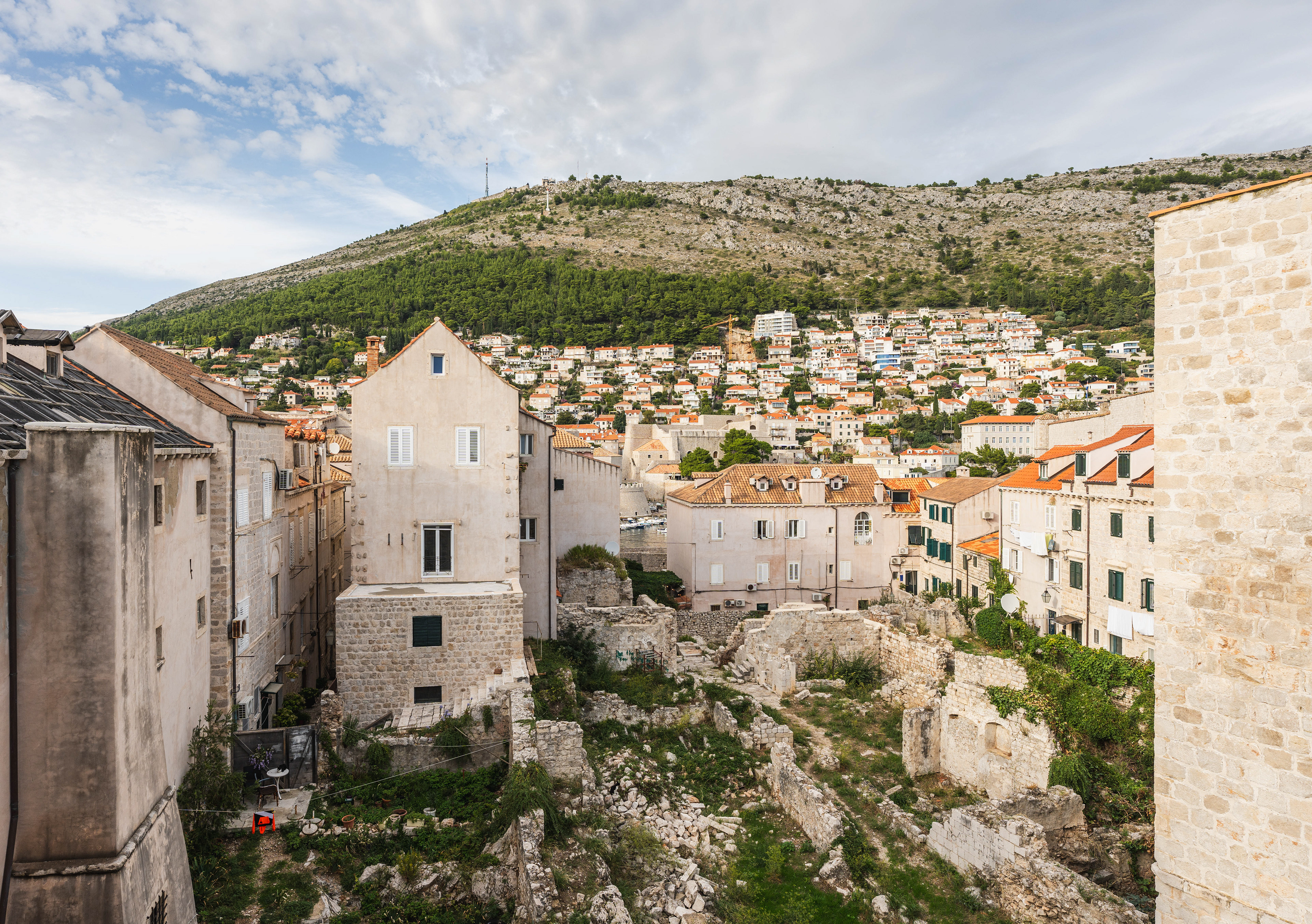








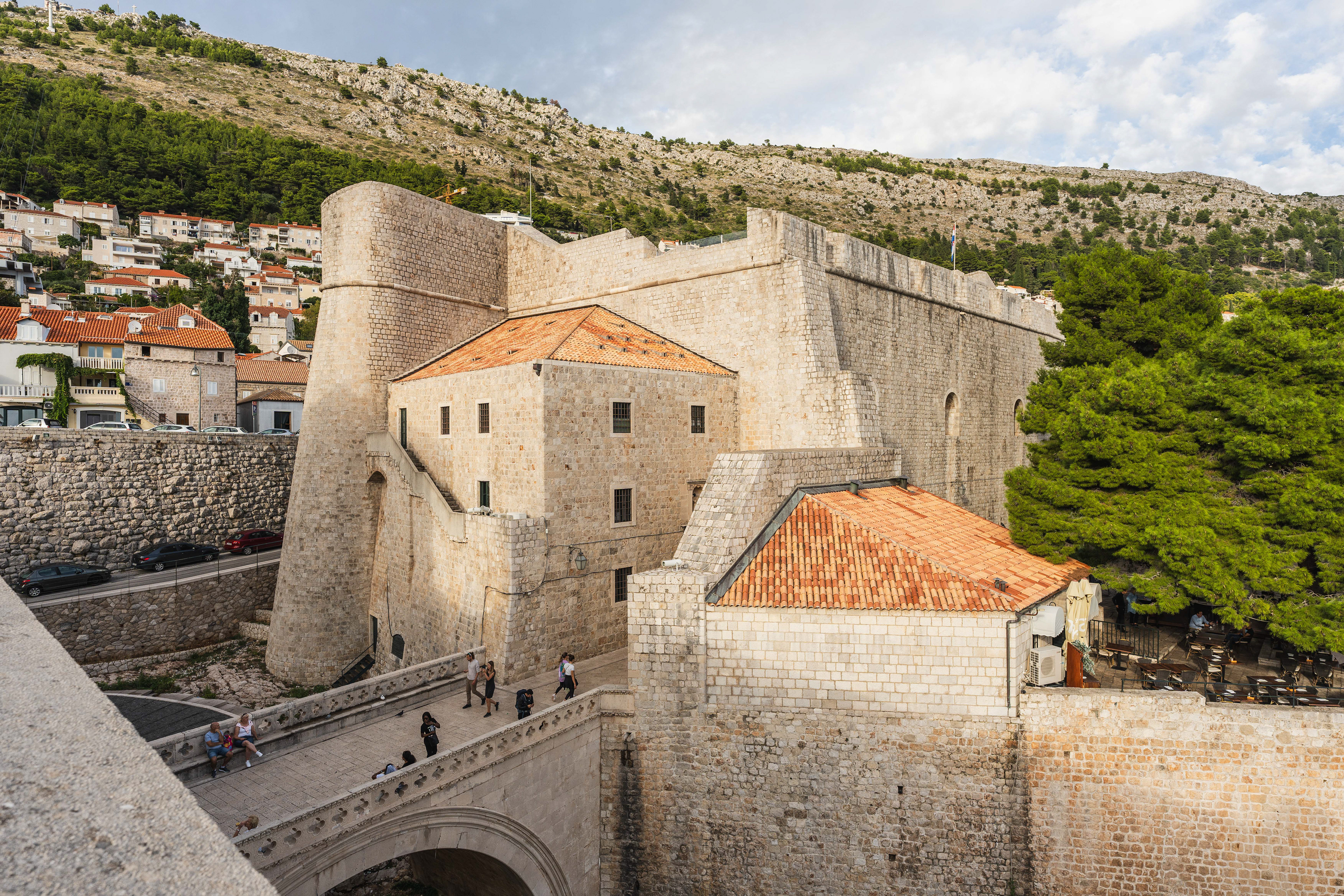
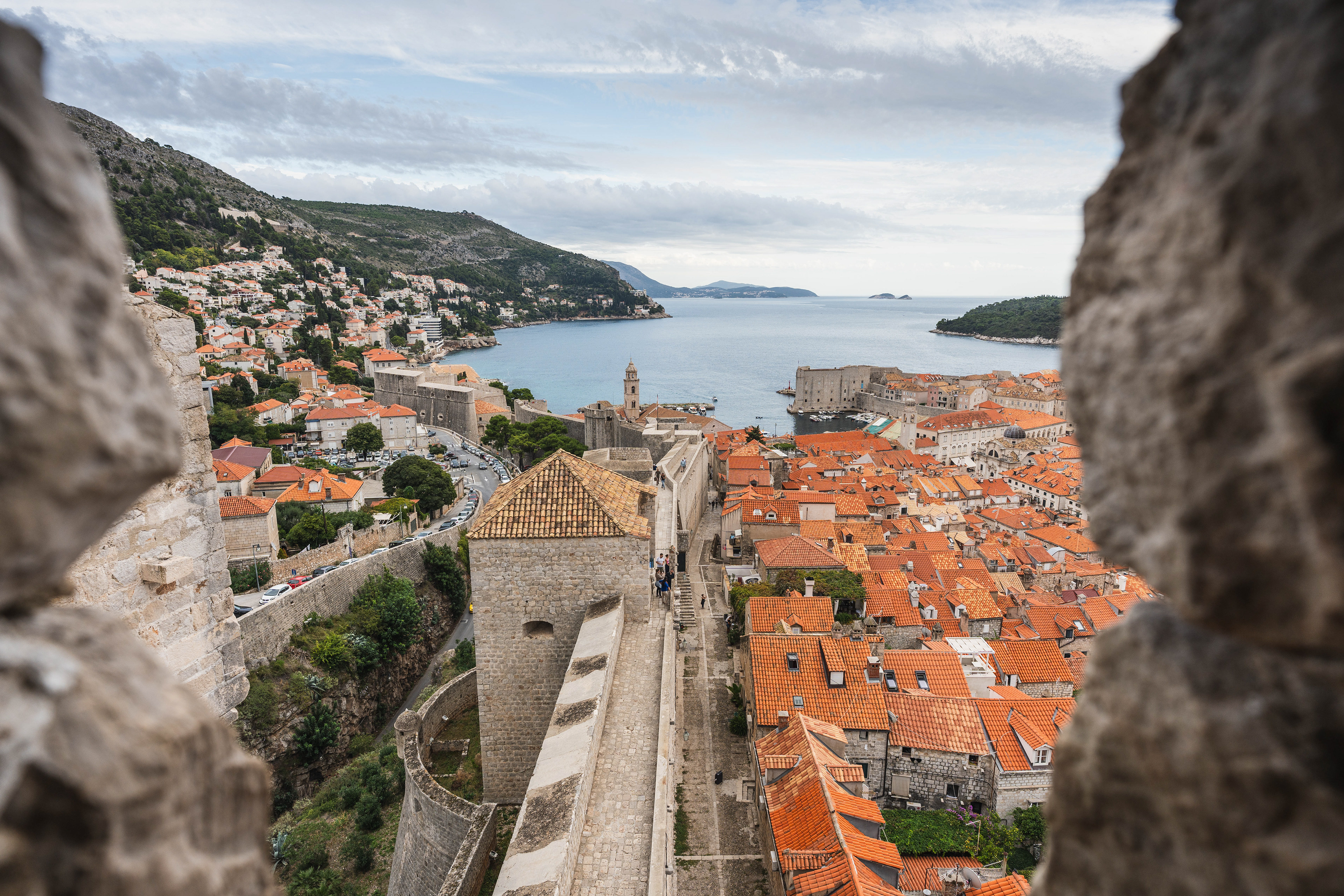

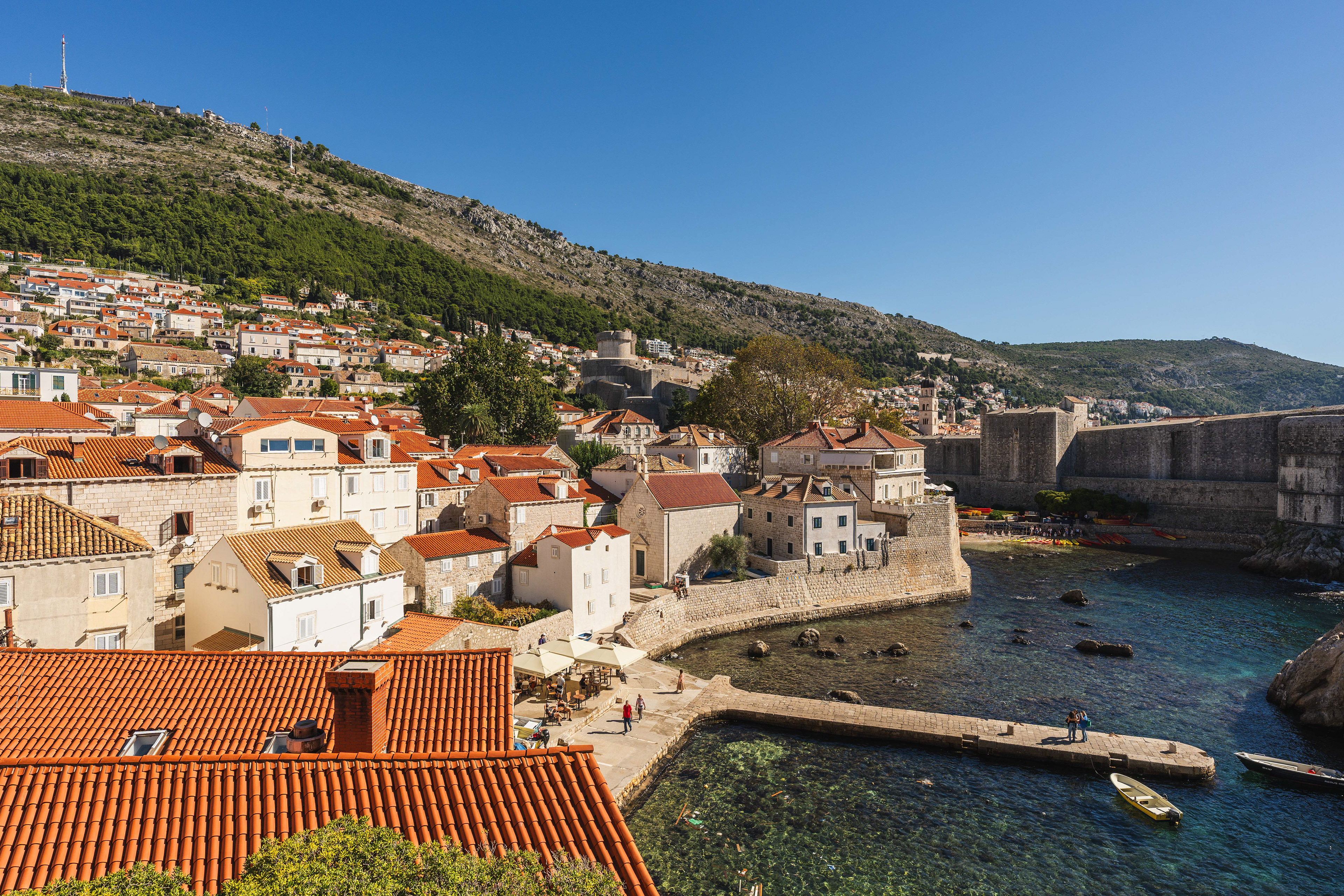


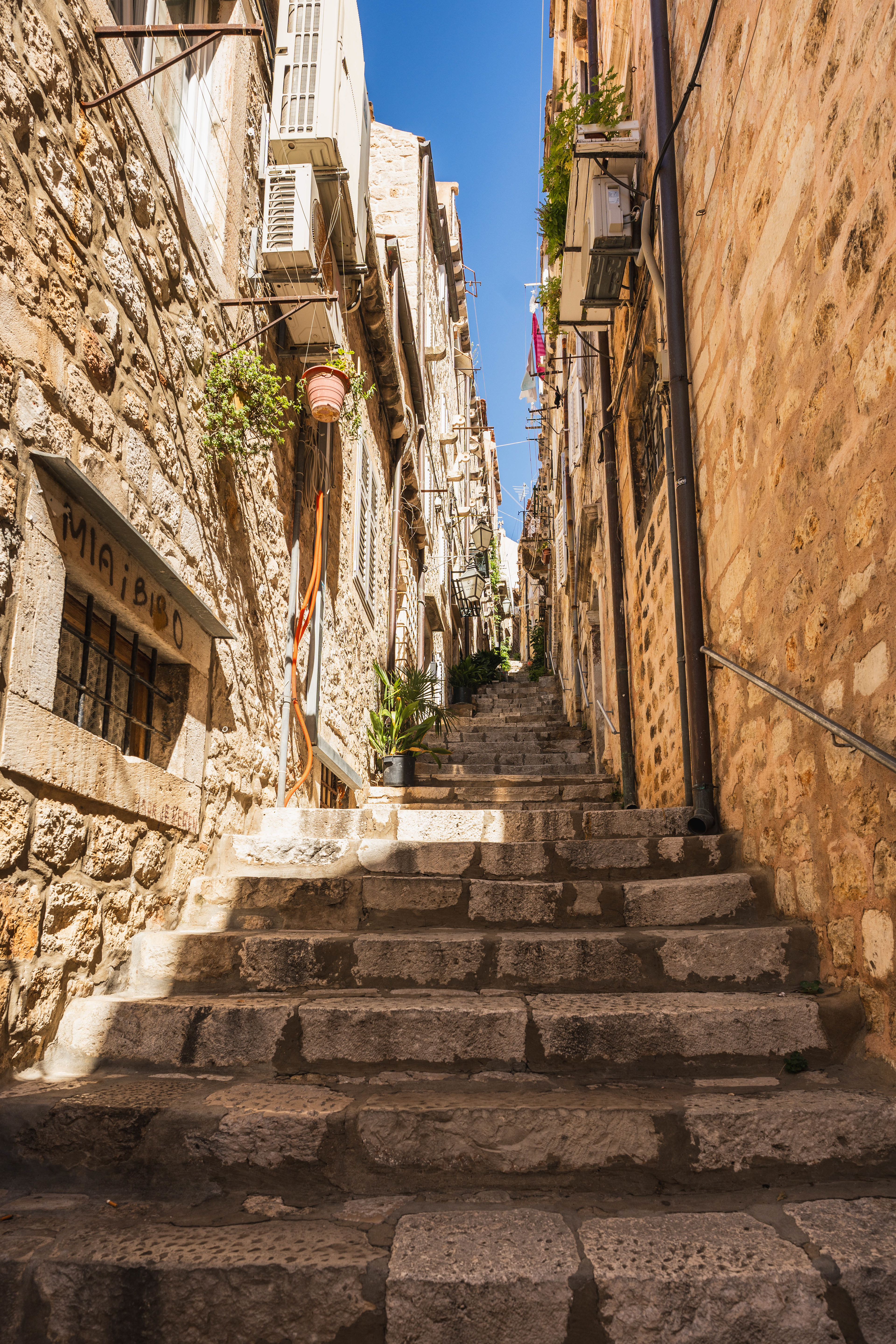
Montenegro
A night view of the Bay of Kotor from the Ladder of Kotor
Kotor
Montenegro had long been on my travel plans list and finally we made it here in 2022. Especially the breathtaking Bay of Kotor is THE postal card for this small country that has so much natural beauty. Our first trip in Montenegro was unsurprisingly a visit to the city of Kotor, which is at the end of the similarly named bay. Kotor has a beautiful old town and is also known to have many cats wandering around, which I can confirm. We stayed not too far outside of Kotor and opted to visit in the evening partly because of our arrival time and partly because of the temperature. Because when you visit Kotor, you may want to consider 'climbing' the ladder of Kotor. Entry is until 20:00 and costs a few bucks, the time you return is not limited as far as I know. This is however something to consider, because when it get's dark it doesn't get easier descending the Ladder of Kotor. We made it to the top just for blue hour and I was able to get some great shots of Kotor and the bay at twilight. Afterwards we walked back into town for dinner before returning back to our hotel. I can see how Kotor can get really crowded during the day and in the peak season, especially since it's also regularly frequented by cruise ships which can enter the bay. The streets of Kotor are narrow and spaces are compact, so this is also something to consider when visiting in summertime. Up on the Ladder of Kotor you'll find some ruins of what used to be a castle. You have to be careful where you step here since it's pretty much unfenced and unguarded. I would also recommend clothing that you feel comfortable hiking in as it's quite a step up that you shouldn't underestimate.

View from the Ladder of Kotor

View from the Ladder of Kotor

Ladder of Kotor

View from the Ladder of Kotor

View from the Ladder of Kotor

View from the Ladder of Kotor

View from the Ladder of Kotor

Kotor

Kotor
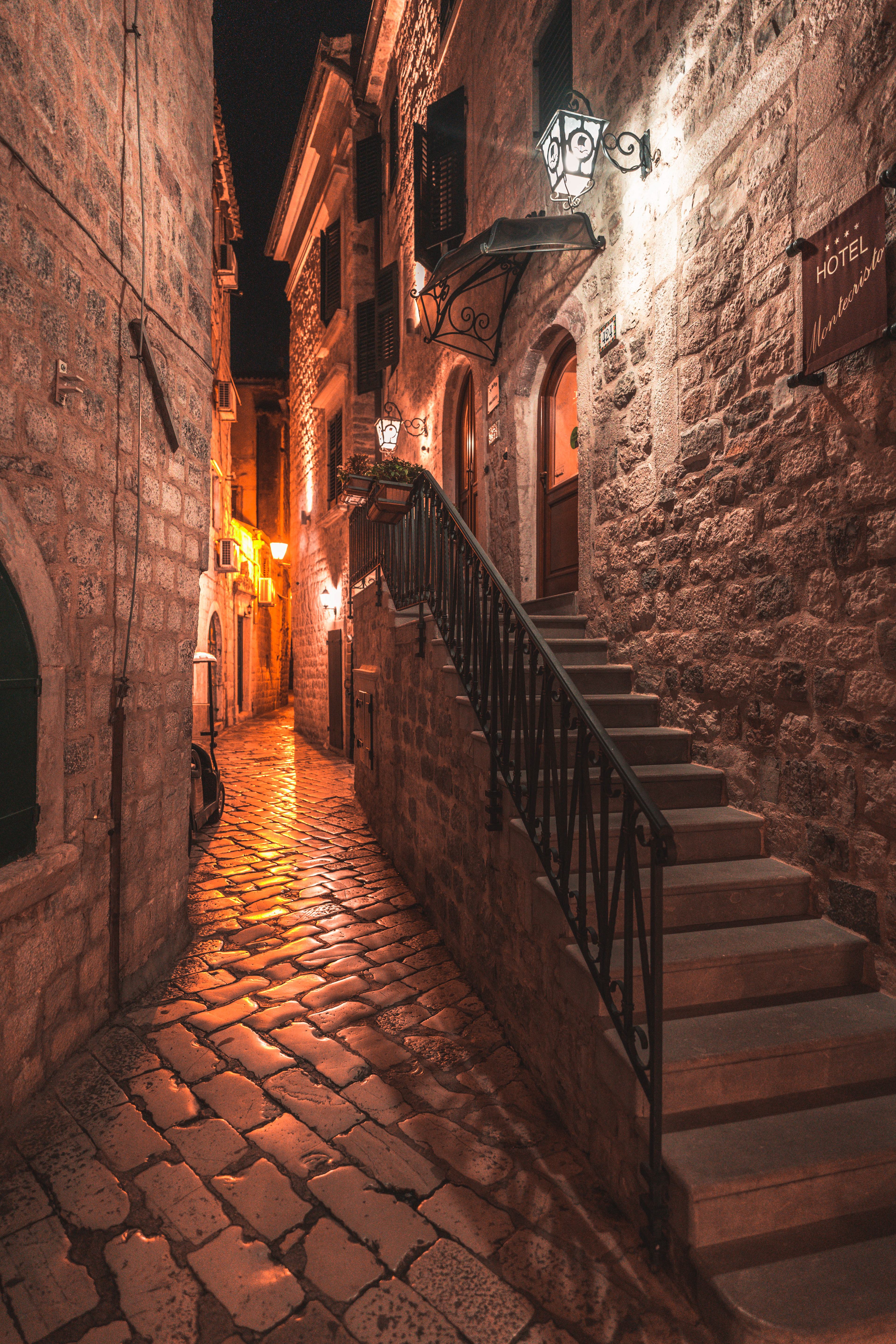
Kotor

View from the Ladder of Kotor
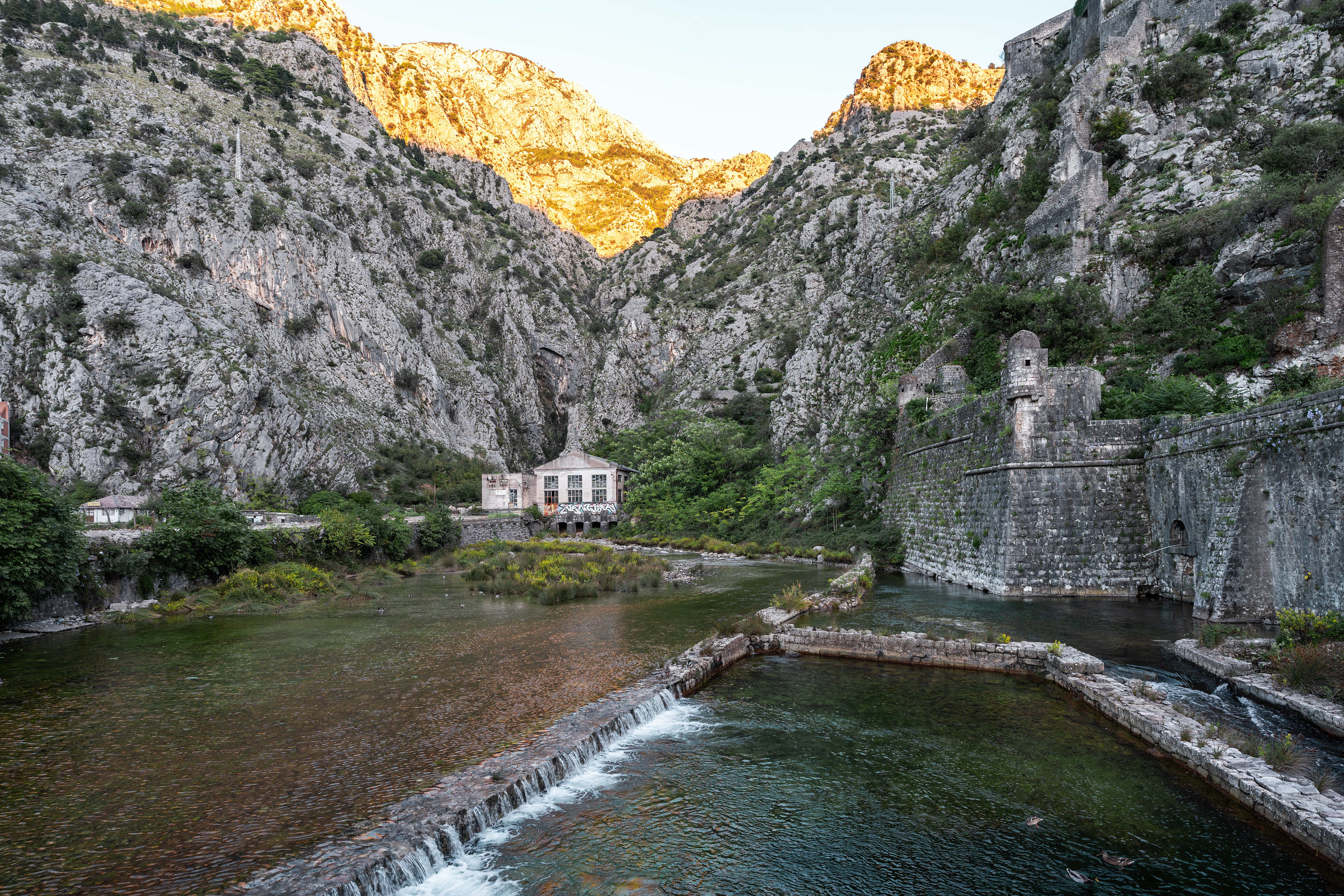
Kotor

View from the Ladder of Kotor

View from the Ladder of Kotor
Budva
Budva is a well-known place on the Adriatic in Montenegro. It's especially popular with tourists from former Soviet Union countries including Russia and Serbia. The old town of Budva is kind of tucked away right at the seaside, sort of hidden behind all the large hotel and resort buildings. Although the old town itself is well preserved, it's not that big especially in comparison to the rest of the city which has been tailored towards modern-day tourism. You can explore Budva's old town easily within an hour or two, that's excluding visiting any museums etc.

View from Budva old town
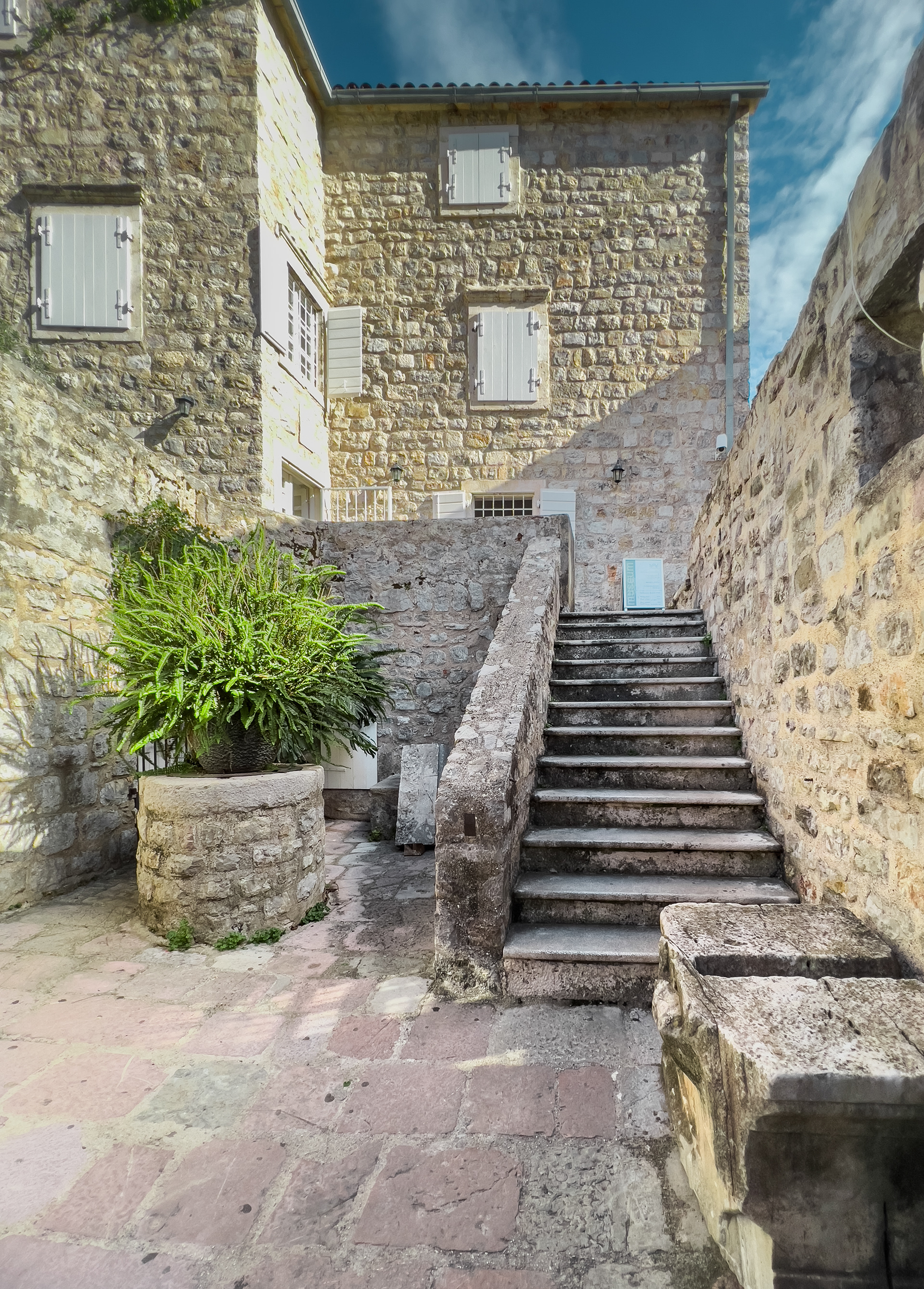
Budva

Budva Marina

Budva

Budva

Holy Trinity Church of Budva

Budva

Budva

Budva
Cetinje
This small city up in the Montenegrin mountains is in fact the country's former capital. It's still home to many of the country's national institutions like the office of the president. Cetinje sits at an elevation of 690m above sea level and is surrounded by mountains. We went for a stroll through town and the big park which has a few nice old buildings and statues to offer. You can combine seeing Cetinje with visiting the nearby Lipa cave system. When it's open that is... According to Google Maps it was supposed to be open but when we drove out there it appeared to be closed. We then chose to drive back to Kotor instead.

Cetinje

Cetinje

Cetinje

Cetinje
Porto Montenegro
On one of the evenings we visited Tivat and adjacent Porto Montenegro. This luxury district with marina was developed by a property group from Dubai. It comprises of luxury residences, a five-star hotel and yacht club. There are also quite a few restaurants in the area and if places like Monaco and Dubai are your thing, you definitely want to have a look around here. There are a few rare billionaire yachts docked here ever since the war broke out in 2022.







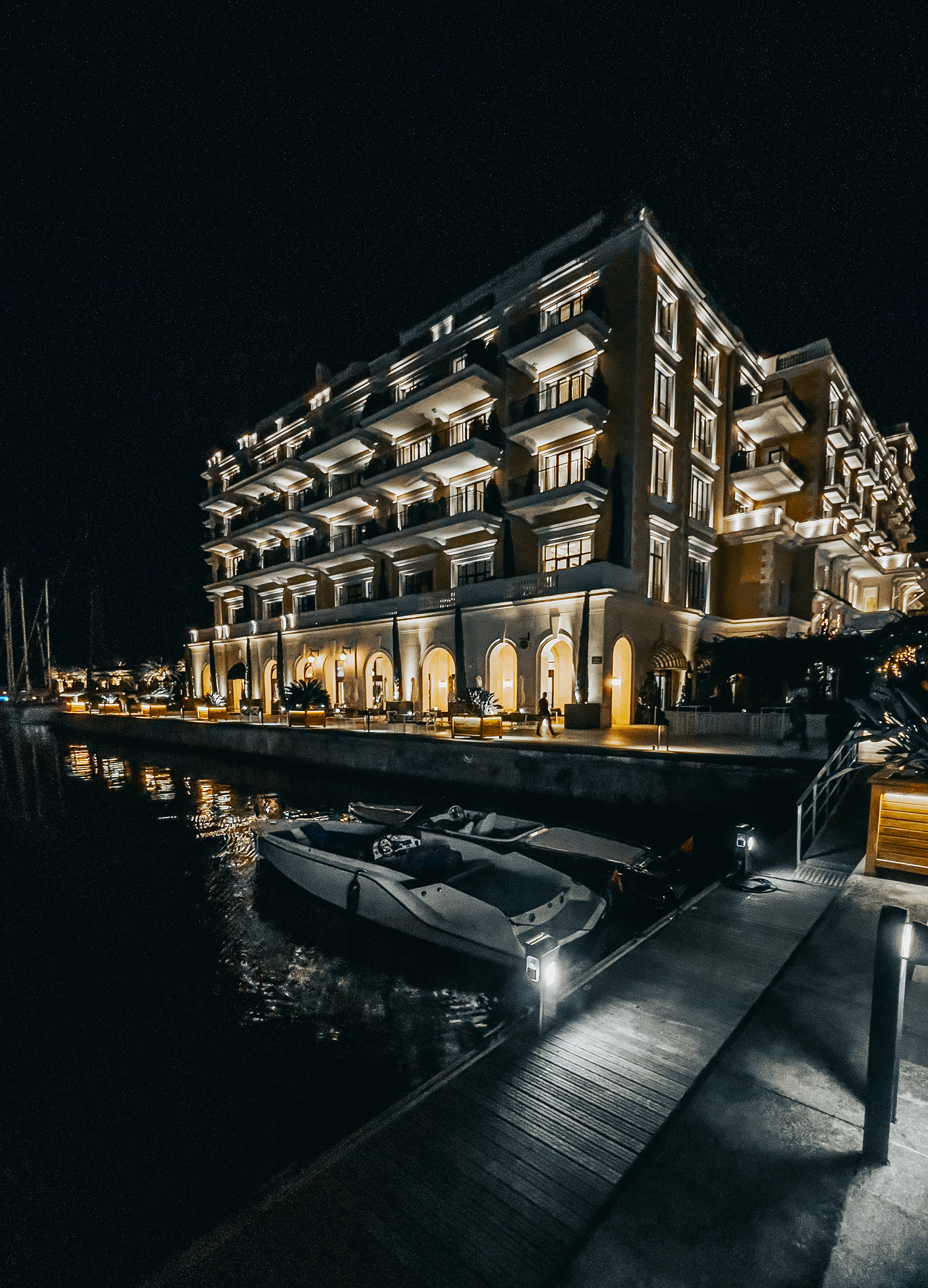
Ostrog Monastery
Ostrog Monastery can be found in the heart of Montenegro. It's a Serbian-Orthodox monastery and the country's most popular pilgrimage place. According to locals that I spoke to it's a standard destination for Montenegrins upon the birth of a child for example. The monastery is built into the large rock of Ostroška Greda, not too far from Niksic and about 50 kilometers from the capital Podgorica. It can be quite a drive when coming from Kotor though, navigating the surrounding mountains. After driving up there is a parking lot with ample space and from there it's quite a few sets of stairs in order to get up to the monastery. The monastery itself is fairly small and it was free of charge to visit when I was there. There are some nice murals on the inside and the views of the surrounding landscap are great.

Ostrog Monastery
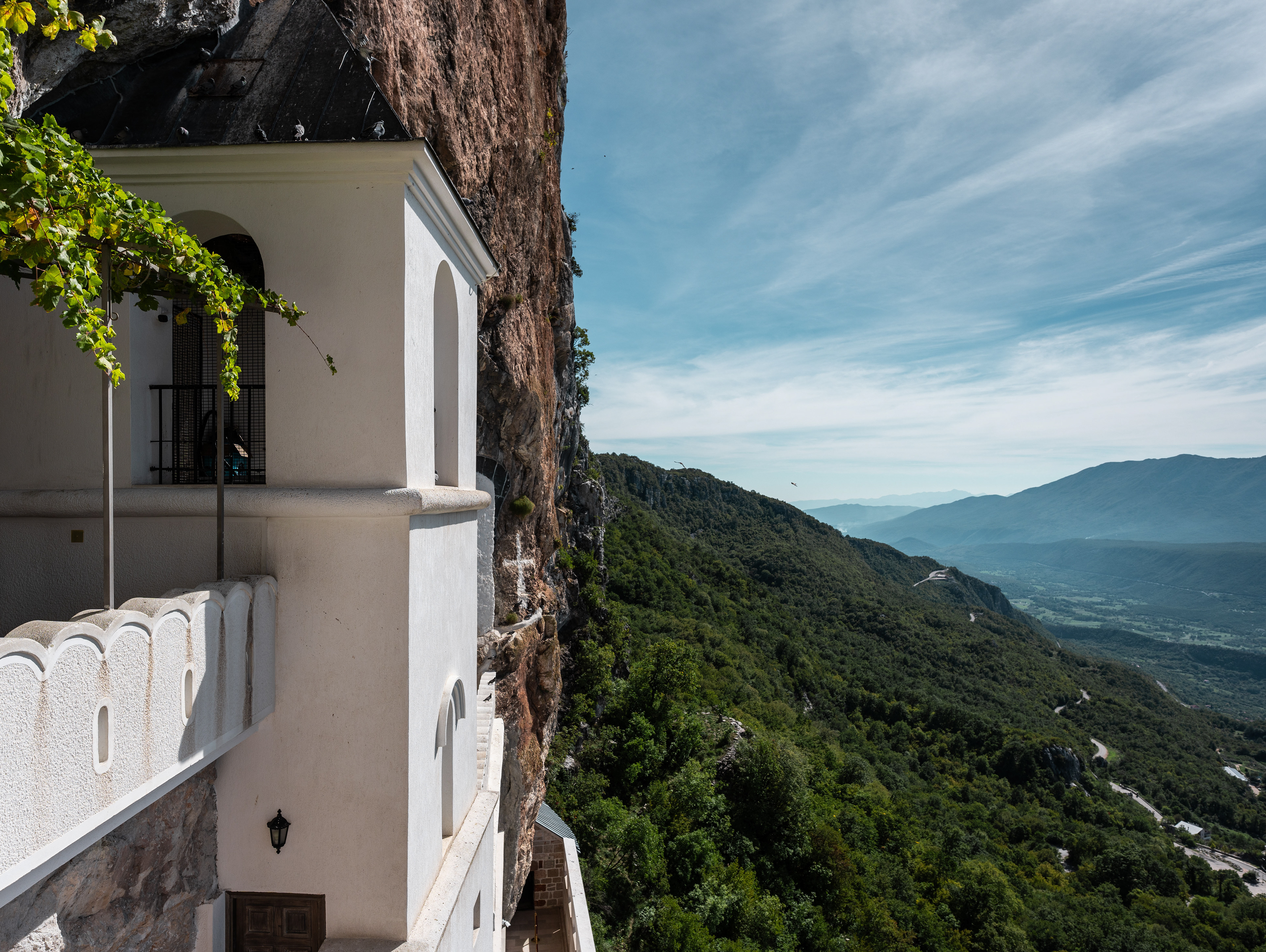
Ostrog Monastery

Ostrog Monastery

Ostrog Monastery

Ostrog Monastery
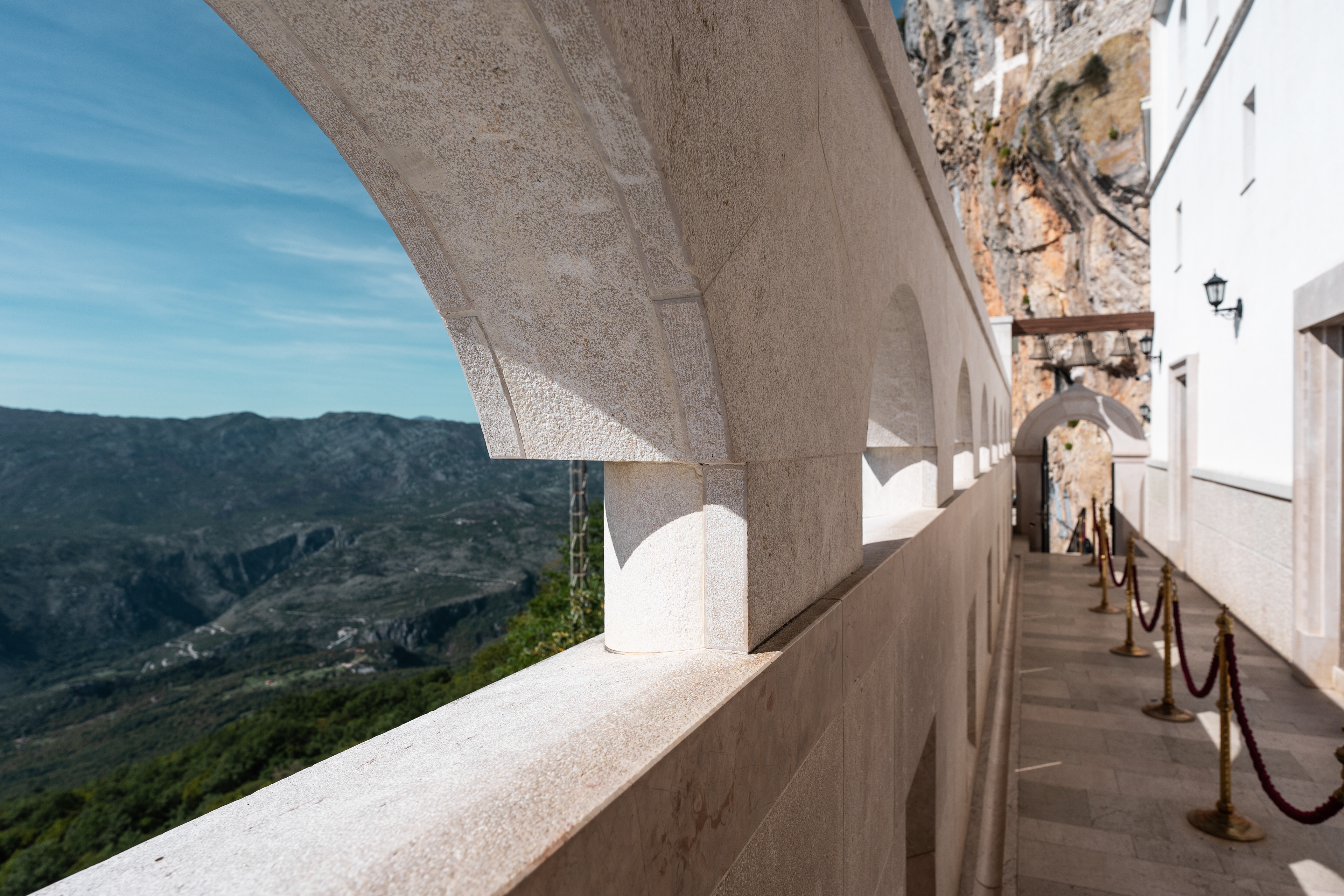
Ostrog Monastery

Ostrog Monastery

Ostrog Monastery

Ostrog Monastery
Bay of Kotor
The bay of Kotor was the number one destination for me on this trip and it didn't disappoint. There are several historical sites you can visit and you can also explore it with a boat tour, which I can generally recommend. In fall the temperatures were still very nice for sunbathing, although you have to take into account that the sun is rising later and setting earlier. The surrounding mountains can be well over a 1000 meters in altitude, so the sun starts disappearing around 3-4 pm in the afternoon and it can become really chilly. I also remember that the water was very cold, partly due to it getting way less sunshine at this time of the year so it doesn't really heat up. The water is amazingly clear by the way, we had a hotel with beachfront on the bay and we could see mussels on the concrete edges. We could see all the way to the bottom! Since there isn't much space, many hotels have a smaller waterfront area that isn't necessarily a sand beach but for example a concrete pad with laying chairs. Our hotel had something like this but it didn't take away from the experience at all. I can absolutely recommend the hotel we stayed at. Hotel Libertas (****) is a small family-owned hotel right on the quiet side of the Bay of Kotor, opposite of the city Kotor. Service was amazing and we had direct water access by crossing the road adjacent to the property. The hotel also has a small pool on the backside. Our night in Herceg Novi we stayed in the Lazure Hotel & Marina (*****), which is an amazing waterside property with an elaborate spa and wellness center.
Generally I recommend driving the M1(E65) around the Bay of Kotor to take in the views and visit some of the towns on the way. You can watch the entire drive on my Youtube channel. One of the towns on the way to Kotor is Perast, which also offers short trips to the nearby man-made 'Saint George' island. We opted to visit the island with the monastery as part of a speed boat trip. This was an overall great experience. We were picked up and brought back to our hotel directly, which was very convenient. Many speed boat tours typically bring you to the island and then continue to something like the blue cave, which you can only reach by boat. We also visited the blue cave and went for a swim there.
Last not but least I can recommend you driving the P1 serpentine road of Kotor. This road leads up to Cetinje or descends to the Bay of Kotor (depending on where you start) and offers breathtaking views of the bay. We drove it down from Cetinje at sunset and took some great pictures. Up top there is a small restaurant / bar with great views as well. You can watch the entire drive on my Youtube channel.

Bay of Kotor

Bay of Kotor
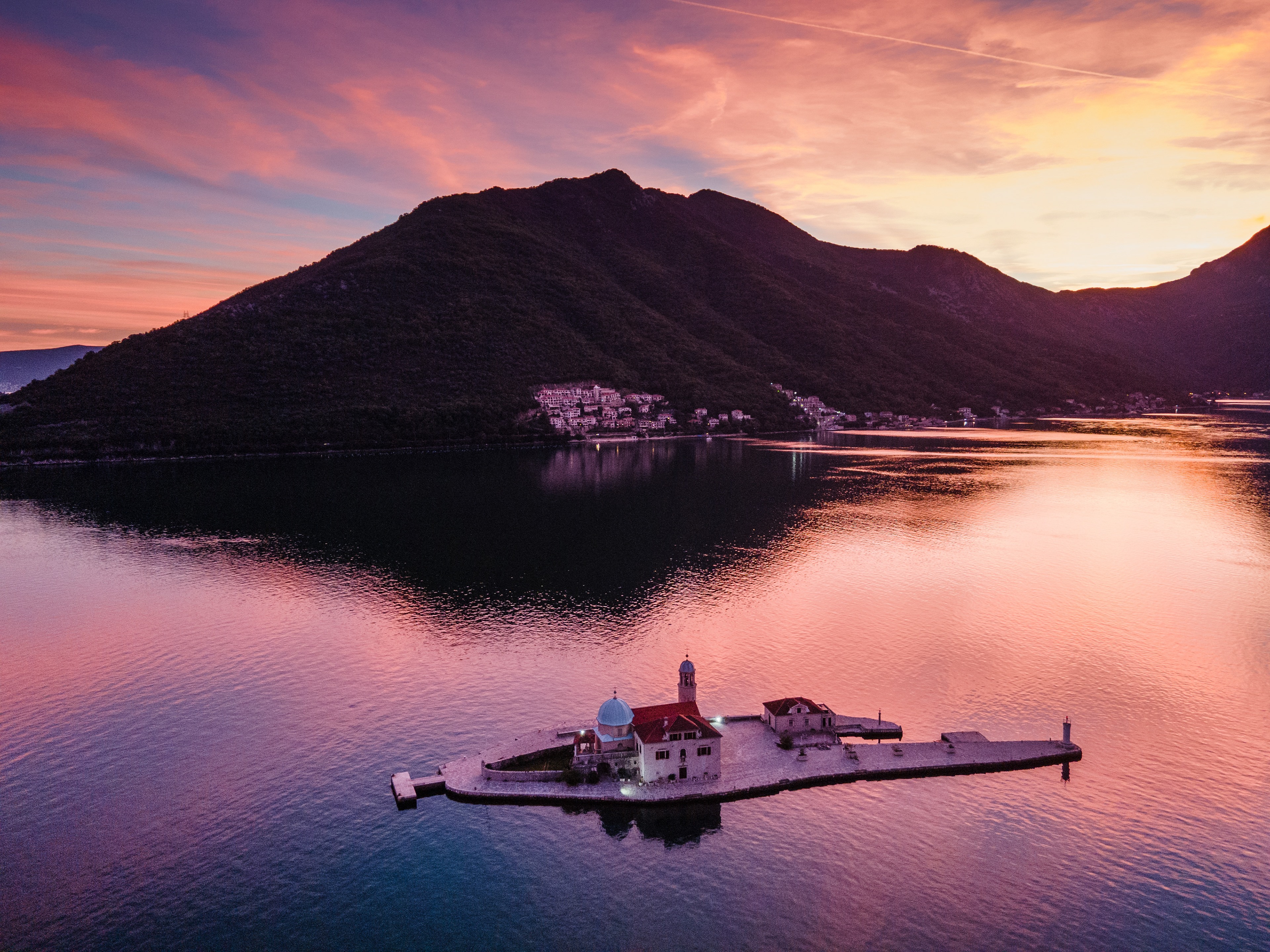
Saint George Island at sunset

Bay of Kotor from the Kotor Serpentine

Bay of Kotor from the Kotor Serpentine

Bay of Kotor
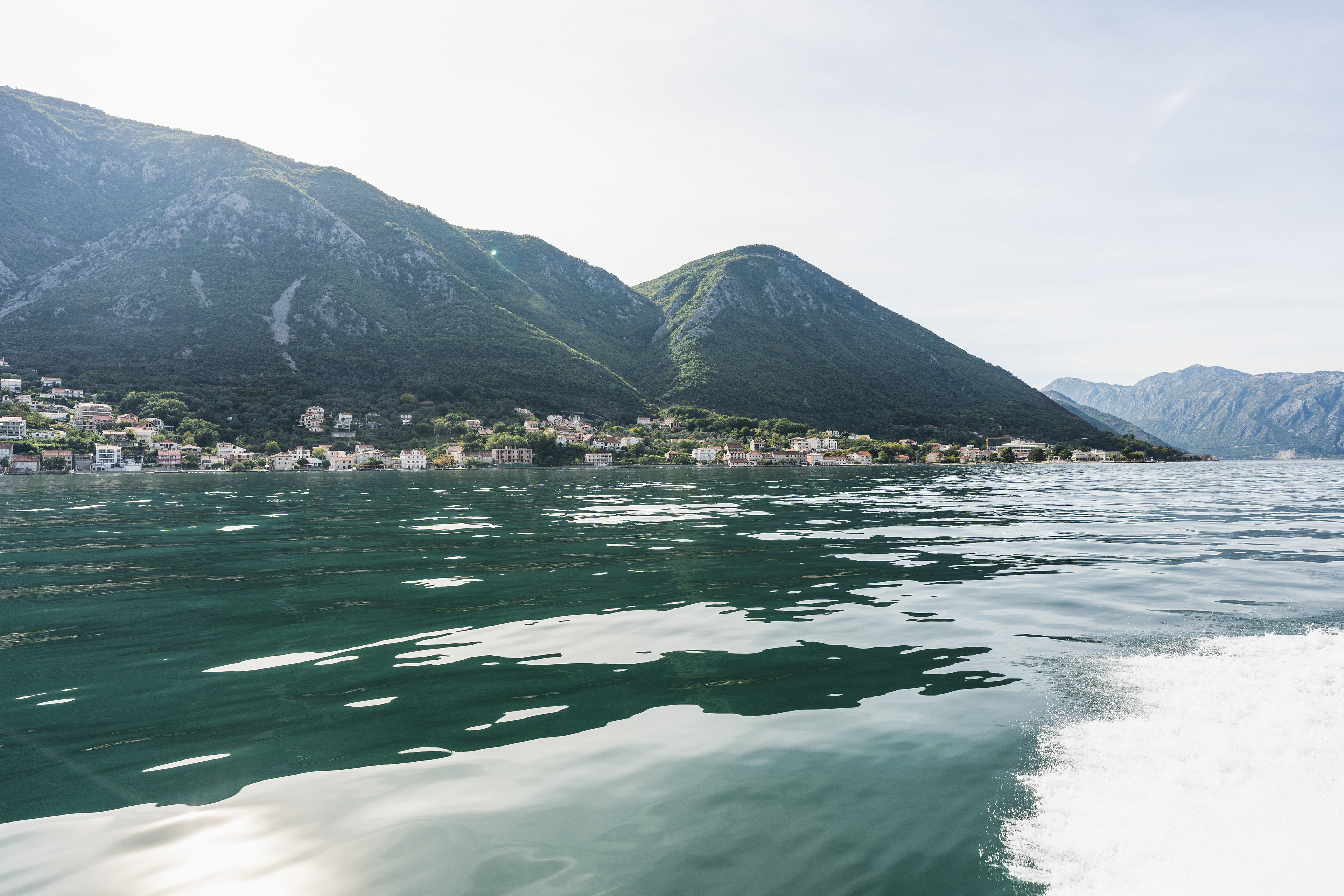
Bay of Kotor from a speedboat

Bay of Kotor from the Kotor Serpentine

Bay of Kotor

Bay of Kotor

Bay of Kotor
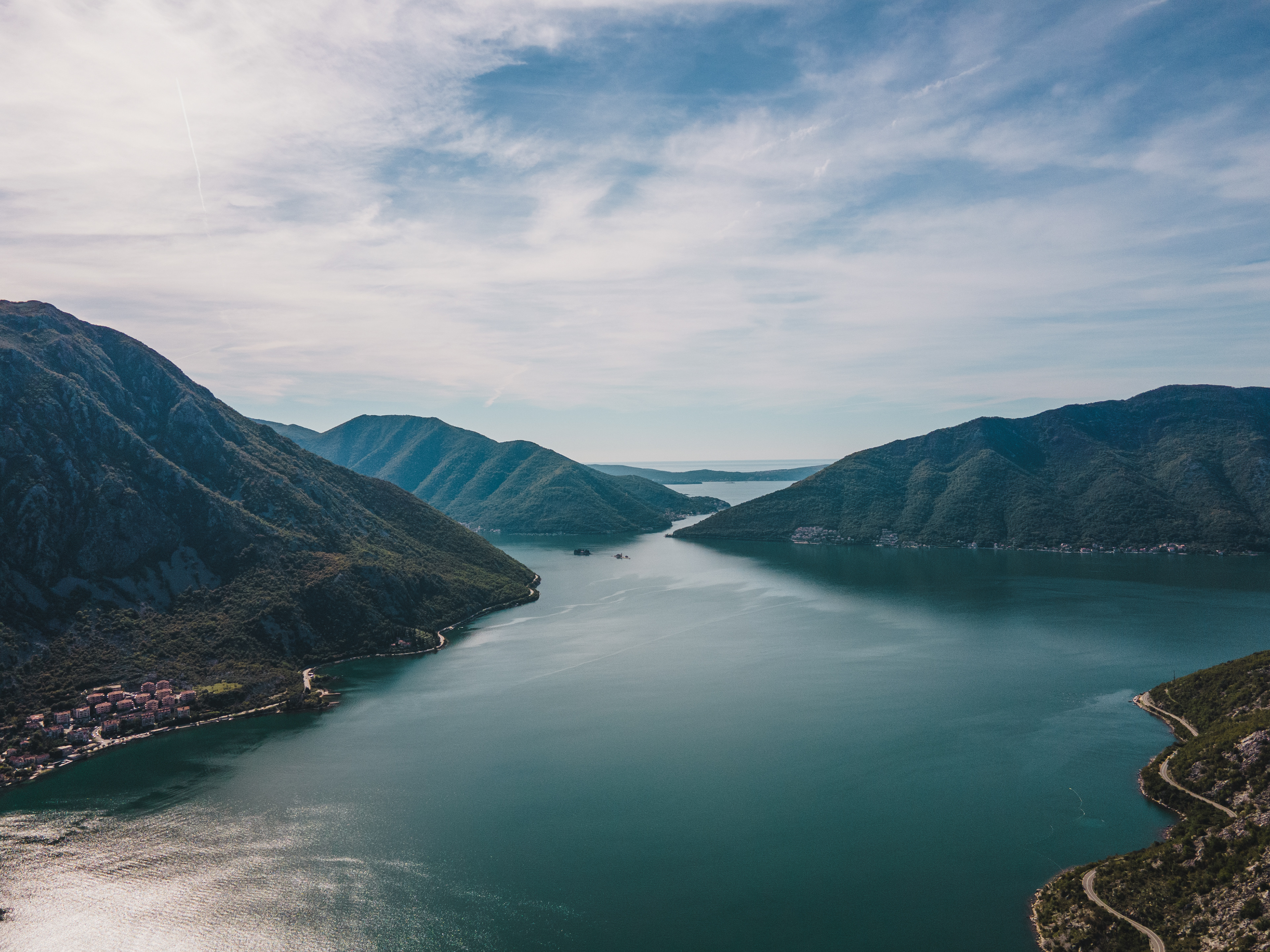
Bay of Kotor

Bay of Kotor

Bay of Kotor

Bay of Kotor

Bay of Kotor

Bay of Kotor

Bay of Kotor

Blue Cave

Blue Cave

Adriatic Sea

Bay of Kotor
Plitvice Lakes
A view of Plitvice Lakes National Park in fall
Croatia's best known natural attraction
Out of all the natural beauty Croatia has to offer, this has to be the most well-known destination. In part thanks to today's era of social media the national park has been quite popularized. I have been wanting to visit ever since my first visit to Croatia over 10 years ago. Plitvička Jezera happened to be in the perfect location for a stop-over on our way North from Montenegro, so we booked an Airbnb nearby and explored the park the day after. You need a full day if you want to see everything, perhaps 1.5 if you want to take it easy. We had pretty much half-a-day which was enough to get a good impression. There is quite a bit of walking involved but not so much hiking. A boat and a shuttle train transport people between points of interest in certain areas of the park, be prepared to wait in line if it's busy. When we were there it was surprisingly busy, given it was the low season. The weather was nice but in fall it can get cold and rainy in this region. Arguably the best time to visit is in spring, where the water levels are the highest and temperatures are pleasant. What we also liked was a farmer's market outside the entrance of the park where you could buy all sorts of local produce like wine and honey.





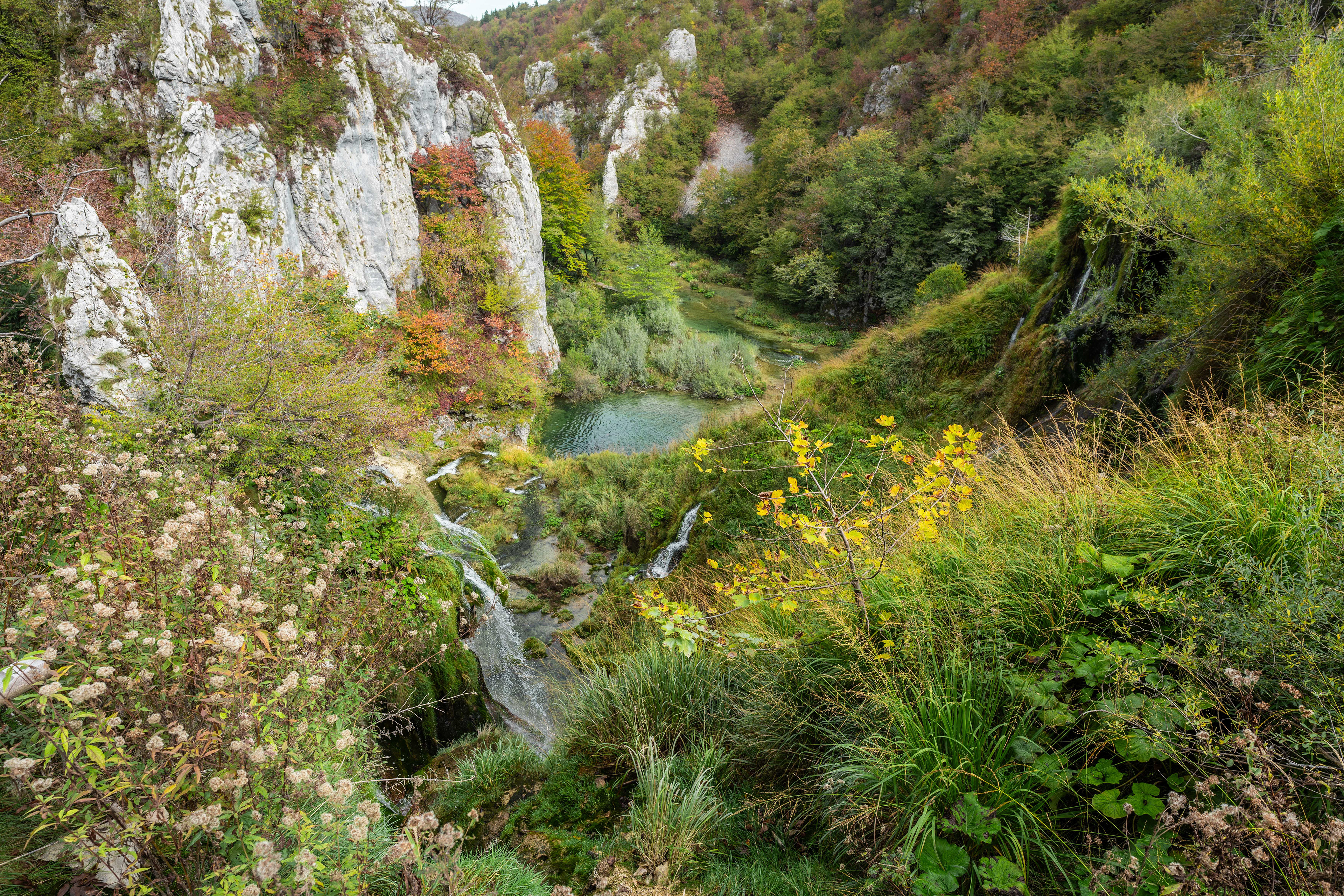


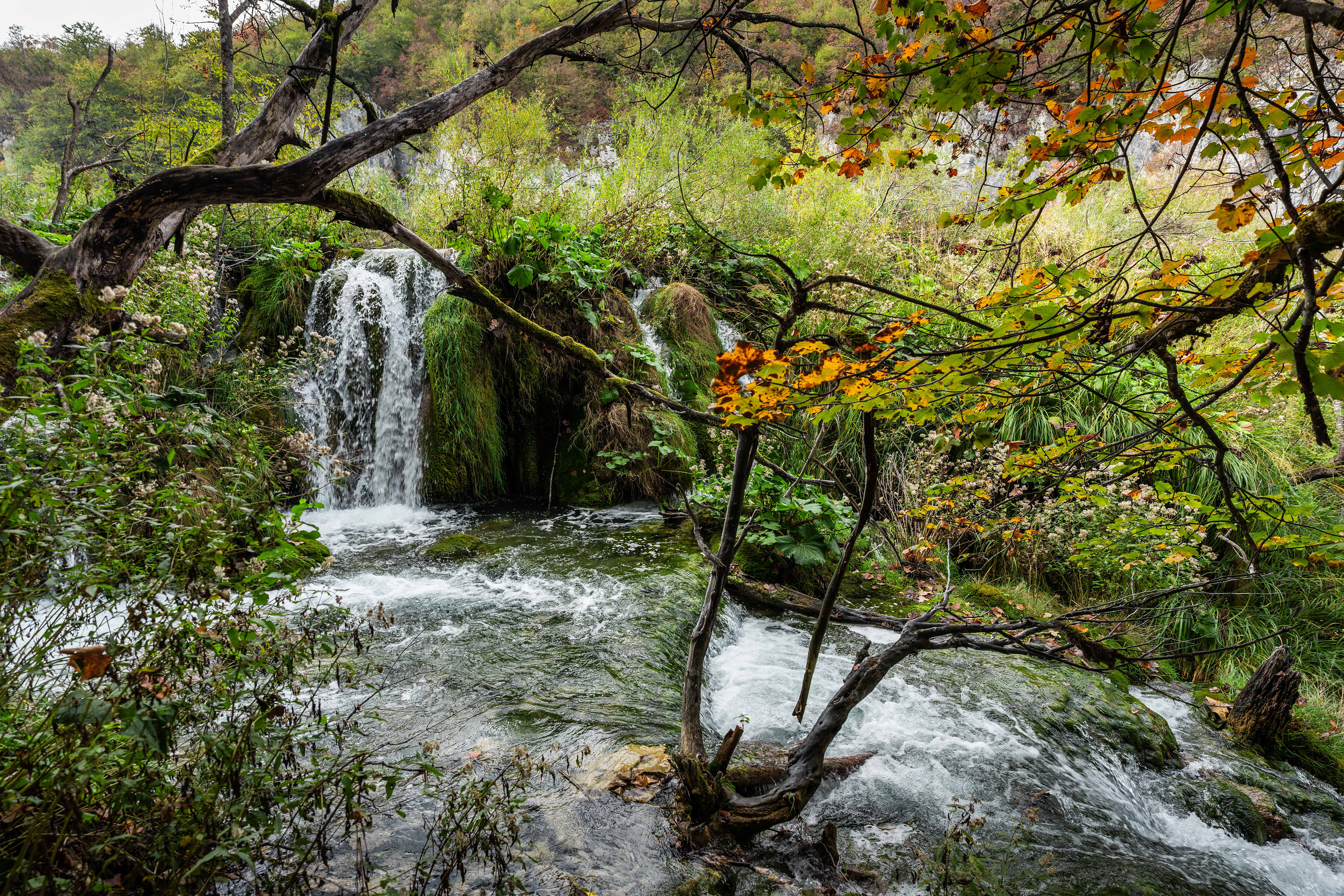







Graz
Graz is the capital of the Steiermark (Styria) region in southern Austria and actually after Vienna the country's 2nd largest city. It has close to 300.000 inhabitants and a nice historical city center with a lot of baroque architecture. Graz I had visited before as well so this was very much a toned-down visit where we treated it more like a stop-over. We just ventured into the city center in the morning to get breakfast and were then on our way home. Graz is nice though, go check it out if you are close. Below are some quick impressions shot on an iPhone.
